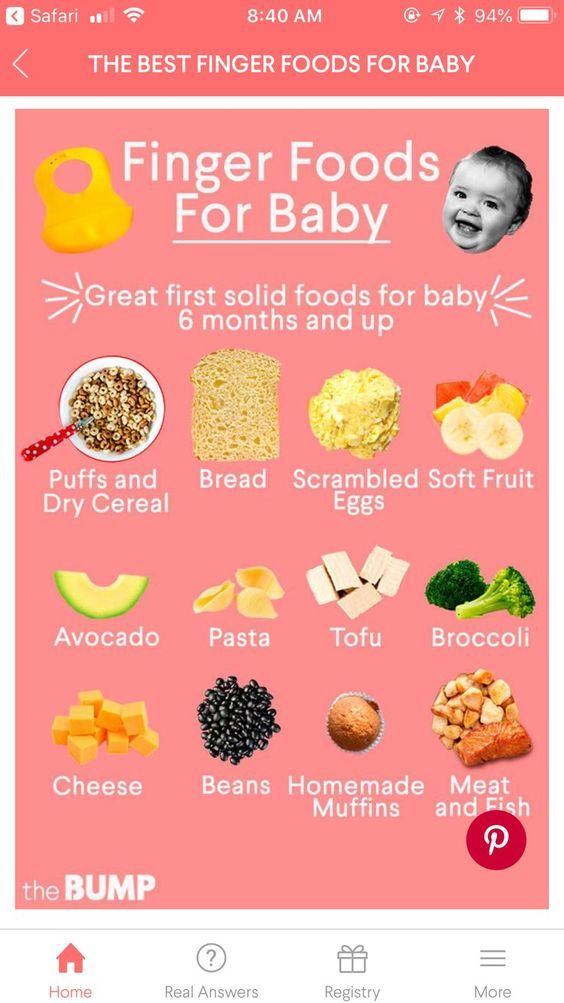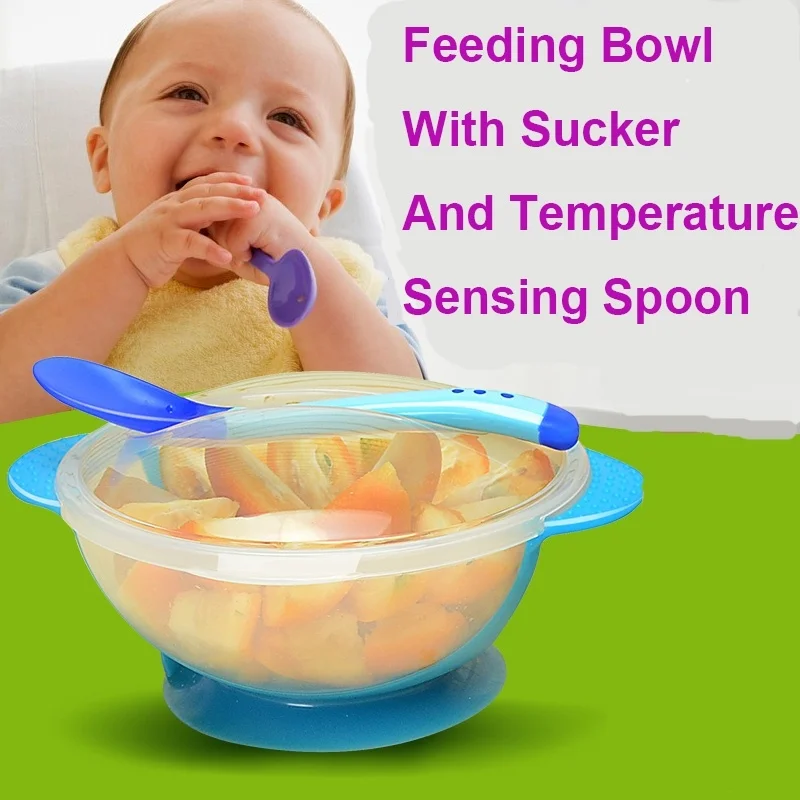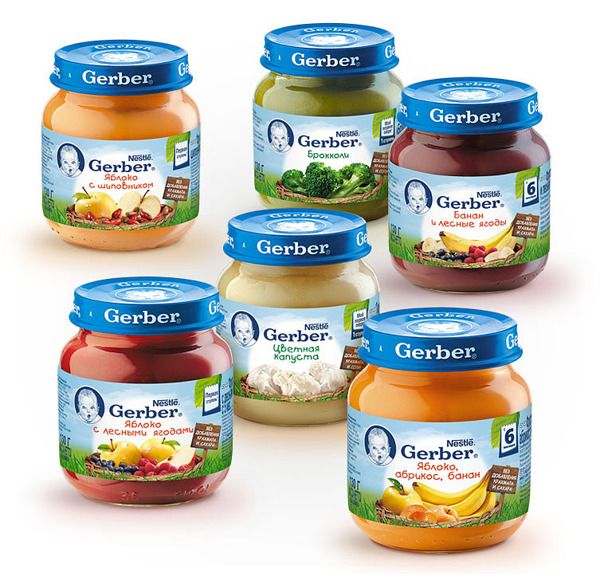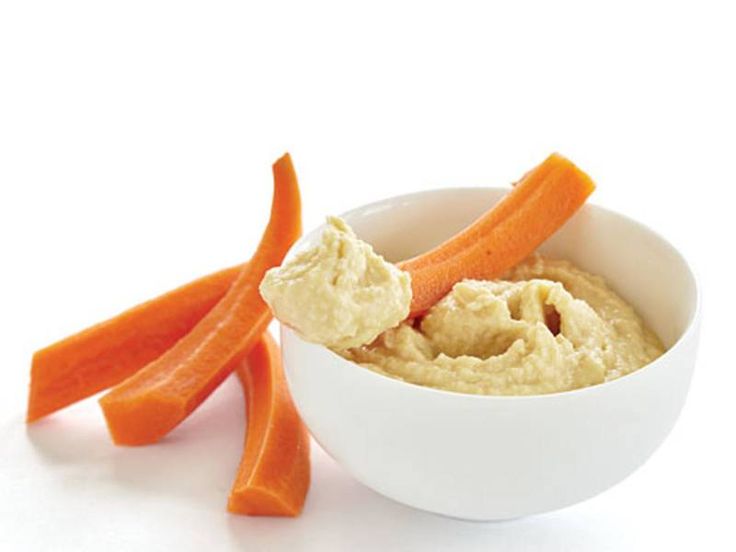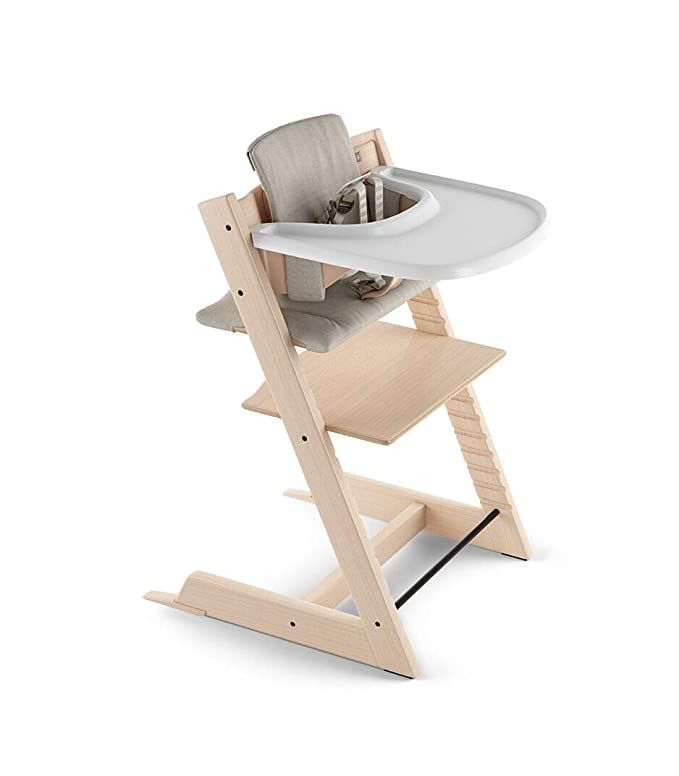Soft foods for baby led weaning
11 Foods for Baby-Led Weaning and What Foods to Avoid
Around 6 months of age, babies get to spark their taste buds by adding foods to their otherwise breast milk- or formula-based diet. Many caregivers look forward to the opportunity to watch their babies respond to a variety of new colors, textures, and flavors.
Babies may be spoon-fed infant purees, the typical approach in Western society, or they may feed via the baby-led weaning (BLW) method.
BLW is characterized by infants feeding themselves small pieces of soft foods they can pick up independently. Proponents of this method claim that it offers benefits such as improved appetite regulation and motor skills (1).
This article presents the best and worst baby-led weaning foods.
Avocados are fruits known for being highly nutritious. They are an ideal food for babies and adults alike. It’s no secret that babies grow rapidly in the first year of life and need adequate nutrition to support this.
This easily mashable fruit is typically famed for its healthy fat content, but it’s also packed with fiber, potassium, folate, copper, and vitamin E (2).
Only 5% of Americans meet their adequate intake (AI) for daily fiber. This nutrient is known to enhance digestion and help reduce the risk of certain chronic diseases, including cancer, diabetes, and heart disease (3).
In a study in young children, those with high fiber intakes also had greater intakes of key brain-boosting nutrients for babies, including iron, folate, and vitamin B6. So, feeding your baby avocado and other fiber-rich foods will provide them with many beneficial nutrients (4).
- 6–8-month-olds: Cut a ripe avocado into slices about the width of an adult finger for easy gripping.
- 9–12-month-olds: Cut a ripe avocado into small cubes or chunks.
Though it’s not necessarily a mess-free option for your baby, yogurt is a taste bud-friendly food with calcium, protein, and gut health benefits. Yogurt is a cultured dairy product, meaning that it contains healthy probiotic bacteria cultures such as Lactobacillus (5).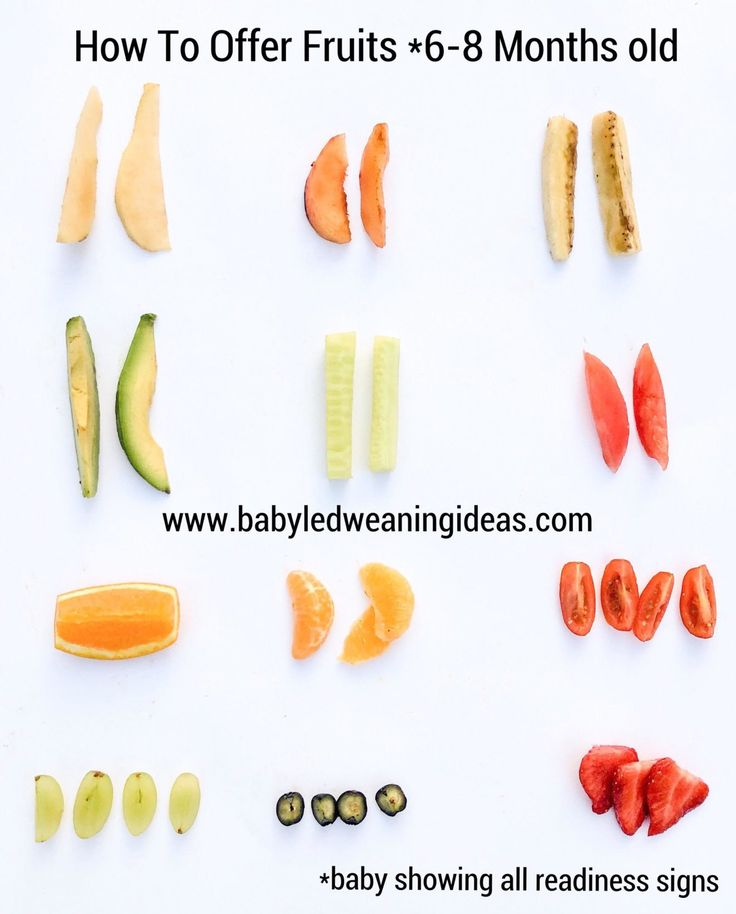
Probiotics play a prominent role in digestive health and can benefit young children who experience tummy troubles such as diarrhea and constipation (6, 7).
For example, in a 2019 study of 82,485 Japanese infants, researchers found that eating yogurt at least 3 times weekly significantly lowered the risk of stomach inflammation (8).
Whole milk yogurt comes in a variety of flavors that might be sweetened with added sugars. The Dietary Guidelines for Americans 2020–2025 recommend that children under age 2 avoid added sugars (9).
The American Heart Association also discourages added sugars in young children because increased added sugar intake may increase heart disease risks by elevating blood pressure and triglycerides (10, 11).
Therefore, the better option for infants is unsweetened whole milk yogurt.
Not only are they affordable and easy to prep, but eggs are also chock-full of nutrients such as protein, vitamins D and A, and choline. In fact, eggs are one of the top sources of dietary choline, which is essential for the development of babies’ brains and eyes (12).
Studies show choline levels are positively aligned with academic achievement in children and information processing speed in babies (12, 13).
Keep in mind that it’s critical to offer only fully cooked eggs to babies to reduce the risk of food poisoning from Salmonella exposure.
Salmonella is a bacteria found in many foods, including eggs, that can cause sickness if the contaminated food isn’t properly cooked before eating. Babies are at high risk of food poisoning symptoms because of their naturally weak immune systems (14).
You can tell that an egg is hard-boiled and safe for your baby if it’s cooked until both the yellow and white parts of the egg are firm (15).
- 6–8-month-olds: Bring water to a boil and hard-boil eggs for 15 minutes. Cut the egg into quarters or strips.
- 9–12-month-olds: Bring water to a boil and hard-boil eggs for 15 minutes. Dice the egg. You can also scramble an egg and cut it into small pieces.
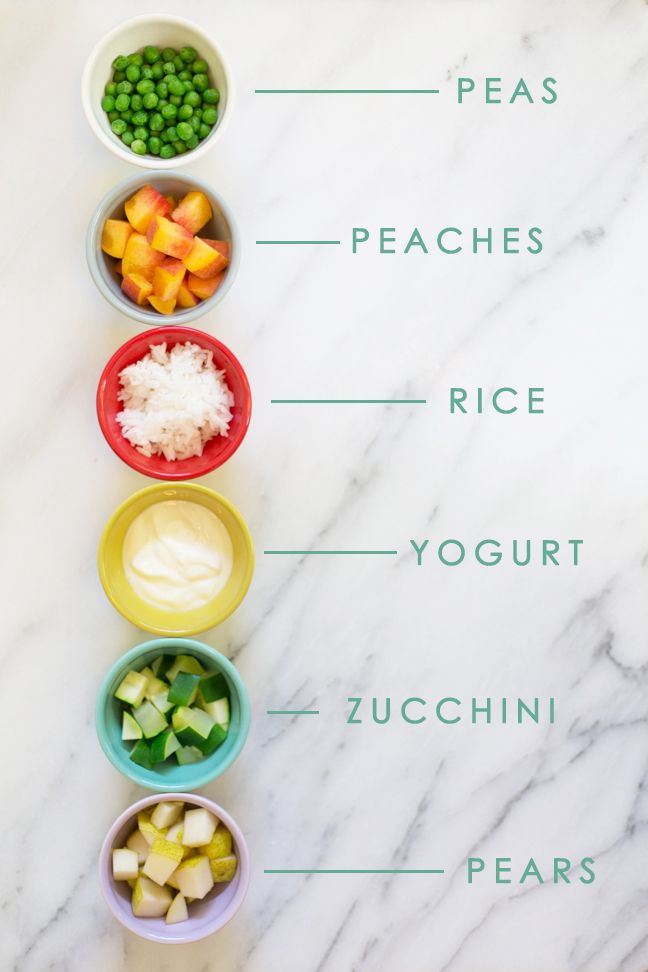
Carrots come in many colors, including orange, yellow, and purple, with each color offering unique nutrients.
Carotenoids are a type of nutrient that is converted into vitamin A in the body. As such, carrots offer babies vitamin A, an essential vitamin for keeping the immune system in good shape (16, 17).
Specifically, lutein is a carotenoid found in carrots. It helps with vision and may contribute to brain growth (18, 19).
- 6–8-month-olds: Peel and cut carrots into sticks about the width of an adult finger. Steam or boil the carrot sticks until soft.
- 9–12-month-olds: Peel and chop carrots. Steam or boil until soft.
Tofu is a calcium-rich, soft, plant-based food that’s an excellent option for babies.
A single slice of tofu offers 10% of your baby’s Daily Value of calcium. Babies rely on this mineral to develop and maintain healthy bones (20, 21).
- 6–8-month-olds: Follow package instructions to squeeze out excess water.
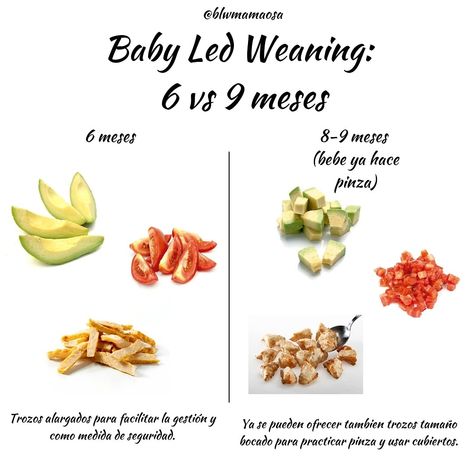 Cut into wide sticks your baby can grip. Warm the sticks by placing them in the microwave for 10 seconds, or lightly pan-fry to make them lightly crisp for gripping.
Cut into wide sticks your baby can grip. Warm the sticks by placing them in the microwave for 10 seconds, or lightly pan-fry to make them lightly crisp for gripping. - 9–12-month-olds: Follow package instructions to squeeze out excess water. Cut into bite-size cubes your baby can pick up. Warm the cubes by placing them in the microwave for 10 seconds, or lightly pan-fry them.
Some parents worry about giving meat and fish to babies and consider delaying introduction of these foods. However, rest assured that babies can gain a ton of nutritional benefits from these protein-rich foods.
Meat and fish are important for babies, offering essential nutrients for growth and development, including easily absorbable iron, vitamin A, vitamins B6 and B12, and zinc (22, 23).
Because BLW may lead to lower iron intake, parents using BLW are encouraged to add foods rich in iron to every meal (22, 23).
Other iron sources include lentils, spinach, and fortified breakfast cereals (24).
Zinc plays a significant role in brain function, nerve development, and memory. Older babies are at a higher risk of zinc deficiency because their zinc needs increase as they age (25).
Meat and fish are primary sources of zinc. If your family follows a vegetarian diet, oatmeal, ground chia seeds, and brown rice are other sources of zinc for older babies (26).
- 6–8-month-olds: Offer fully cooked, soft, finely shredded chicken, turkey, beef, salmon, or pork.
- 9–12-month-olds: Offer fully cooked shredded or ground meat or small pieces of salmon.
Babies fed BLW-style can eat apples to help meet their needs for vitamin C.
Vitamin C-rich foods can help babies’ bodies absorb iron from iron-containing foods. Further, if infants don’t get enough vitamin C in their diets, they’re at risk of connective tissue problems from a condition called scurvy (27, 28,29).
- 6–8-month-olds: Peel, cut into wedges, and cook apples until soft.
 Sprinkle with a pinch of cinnamon.
Sprinkle with a pinch of cinnamon. - 9–12-month-olds: Offer your older baby peeled, shredded raw apples.
A popular root vegetable, sweet potatoes are a well-liked baby-friendly food that’s easy to prepare.
Sweet potatoes contain fiber, a necessary nutrient for healthy digestion. In fact, a low fiber intake is associated with constipation, so sweet potatoes may help keep your baby comfortably regular (30, 31).
- 6–8-month-olds: Cook a whole sweet potato. Peel and cut into strips the width of an adult finger.
- 9–12-month-olds: Cook a whole sweet potato. Peel and cut into small chunks your baby can pick up.
Share on PinterestMaaHoo Studio/Stocksy United
Oats are a whole grain rich in fiber, copper, selenium, zinc, and many other nutrients crucial for immune function and gut health. Babies typically take well to cereal grains such as oats because of their texture, mild taste, and ease of eating (32, 33).
- 6–8-month-olds: Use breast milk or iron-fortified cereal to make baby oatmeal. To serve oats cold, blend or grind them and mix with unsweetened yogurt or applesauce.
- 9–12-month-olds: Make homemade oat muffins and cut into bite-size pieces.
The American Academy of Pediatrics (AAP) encourages offering potential allergen foods, such as peanuts and tree nuts, in infancy. Early exposure to potential food allergens may reduce food allergy risks in babies who are at least 4 months old (34).
Nut butters, such as peanut, almond, and cashew butter, are rich in protein and effortlessly combine with many other foods. Babies must get adequate protein in their diets to support growing bones and muscle strength (35, 36).
Choose a natural peanut butter to avoid hydrogenated oils and added sugars that tend to be less healthy.
Monitor your baby for potential food allergy symptoms such as (37):
- wheezing
- nausea
- hives
- vomiting
- diarrhea
If you suspect your infant may have a food allergy, seek medical help immediately.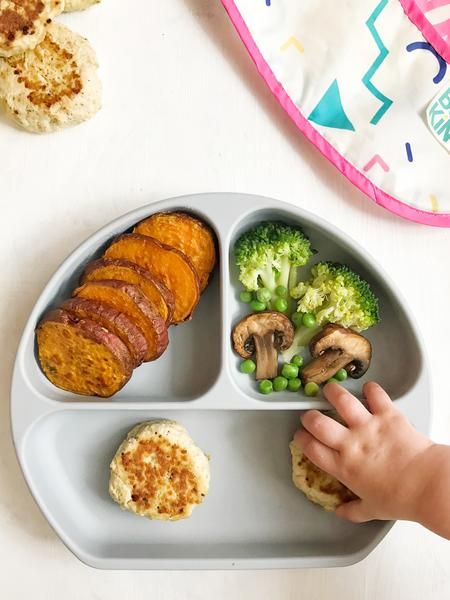
- 6–8-month-olds: Mix a small amount of natural creamy nut butter into yogurt or oatmeal. To reduce the risk of choking, avoid using crunchy nut butter.
- 9–12-month-olds: Spread a thin layer of creamy nut butter onto a piece of toast or a cracker. To reduce the risk of choking, avoid using crunchy nut butter.
Even when your baby is trying new foods, it’s important to also give them plenty of liquid to keep them nourished and hydrated.
Breast milk remains the best source of nutrition for babies. If breast milk is not available, iron-fortified formula is the best alternative nutrition source to ensure healthy growth and development. Babies need breast milk or formula from birth to around 12 months of age (38).
In addition, babies who are at least 6 months old can safely drink 4–8 ounces of plain water daily, according to the AAP (39).
SummarySafe BLW foods for your baby include cooked eggs, oats, sweet potatoes, carrots, and nut butter.
Be sure to prepare and cut foods properly to ensure safety.
Some foods are unsafe for babies and should be avoided to reduce health risks.
Unsafe foods that can cause severe illness
It’s best not to give honey and corn syrup to babies under age 1 because these foods may be contaminated with Clostridium botulinum, a harmful bacteria known to produce toxins that can cause paralysis in babies (40).
Similarly, unpasteurized meats and dairy products can lead to life threatening infections if they carry harmful bacteria such as Listeria. If you plan to give meats or dairy products to babies, be sure to purchase products that are clearly labeled “pasteurized” (41).
From around age 1, babies have greater immunity and improved gut health to fight illness (42).
Also, it’s critical to avoid giving your baby high mercury fish. These include predatory fish such as swordfish, shark, and orange roughy. Mercury is a heavy metal that can harm a baby’s developing brain, spine, and nervous system (43, 44).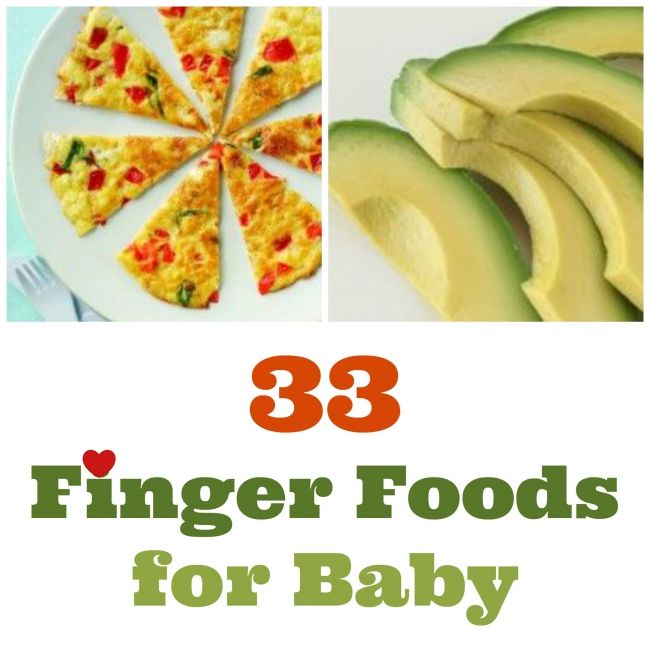
Instead, it’s safe to offer your baby small amounts of low mercury fish like salmon, light tuna, and cod once or twice per week (43, 44).
Foods that can lead to choking
To reduce the risk of choking, avoid offering these foods to your baby:
- Sticky foods: marshmallows, gummies, candy, large amounts of thick nut butter
- Round or coin-shaped foods: grapes, cherry tomatoes, hot dogs, hard candy
- Raw foods: broccoli or cauliflower stems, carrots, raw apple — unless shredded for older infants
- Hard-to-chew foods: popcorn, hard-crusted bread, whole nuts
Unsafe liquids for babies
Children under 12 months of age should not consume cow’s milk because their kidneys and digestive system may have trouble processing its mineral and protein content (9).
Further, the AAP recommends delaying offering juice until 12 months of age to prevent tooth decay (45).
SummaryTo keep your baby safe and healthy, avoid potentially harmful foods and liquids such as honey, corn syrup, unpasteurized meats, and dairy products; foods that can cause choking; cow’s milk; and juice.

Babies can eat a wide variety of foods through baby-led weaning (BLW), starting from around 6 months of age.
Avocados, yogurt, tofu, eggs, carrots, meat and fish, apples, sweet potatoes, and oats can provide your baby with nutrients to support their rapid growth and development.
Your baby’s age and stage of development will determine how you prepare these foods. Generally, opt for well-cooked foods rather than raw.
Because babies are at risk for food poisoning and choking, remain aware and informed of the foods and liquids to avoid in infancy, including honey, round foods, and hard-to-chew foods.
Just one thing
Try this today: Check out this article to learn more about the benefits of BLW and which other foods can help get you and your baby off to the right start.
Ultimate Guide to Baby Led Weaning (and Best First Foods)
Learn the basics of how to do the feeding approach known as “baby led weaning” and the best first foods for baby to make starting solids easy and fun. Plus: Learn why it’s perfectly okay to use a combined approach of blw and purees.
Plus: Learn why it’s perfectly okay to use a combined approach of blw and purees.
Baby Led Weaning
The feeding approach known as “baby led weaning” or “BLW” for short, is a style of feeding infants that allows them to feed themselves right from the start. The food is offered in thick finger-size pieces and is soft and easily squishable between your fingers. This way, the food is both easy to hold but has a low risk of choking.
TIP: This method became popular about a decade ago after the publication of the Baby Led Weaning: The Essential Guide to Introducing Solid Food by UK author Gill Rapley.
BLW Baby
One of the many reasons that people are starting to opt for this style of feeding more and more is simply that it’s easy. In many cases, you can modify foods you’re already making to share with your baby and there’s not always a lot of separate cooking involved. It also allows a baby to have control over what goes into their mouths, which sets a good precedent for letting them eat intuitively from the start.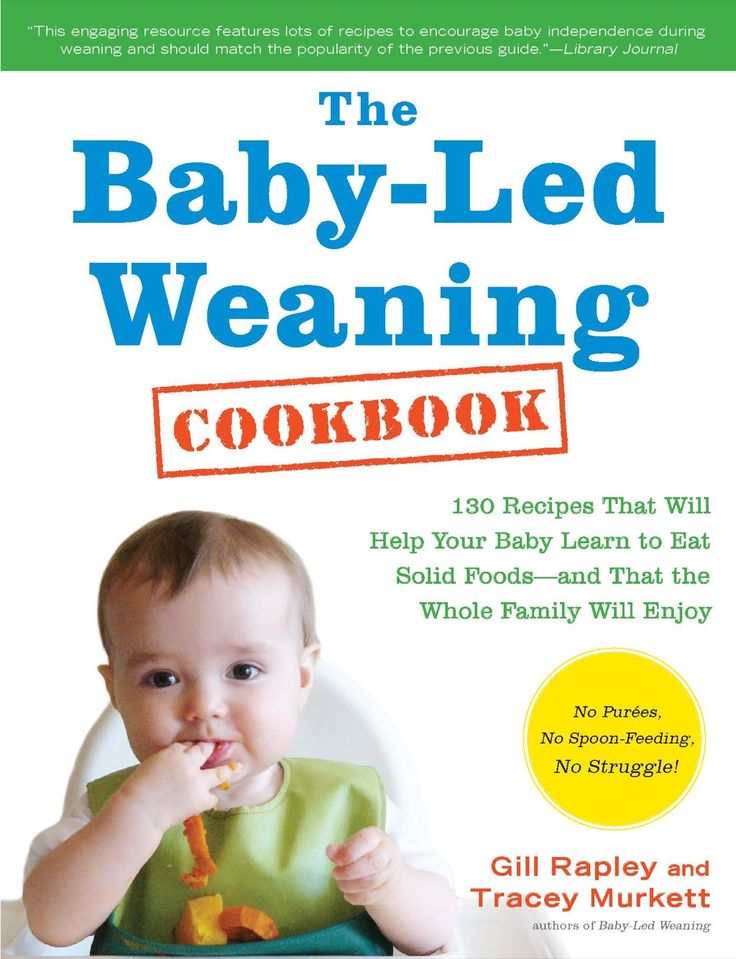
What age should I start baby led weaning?
According to the American Academy of Pediatrics, a baby is ready to start solids with baby led weaning when:
- They’ve doubled their birth weight (at least).
- They can hold their head up well and are starting to sit up unsupported.
- They show signs of being interested in food (watching you eat, reaching for food when you’re eating, etc).
- When you feed them, they are able to move the food around in their mouths—rather than spit it right out.
TIP: Look for a highchair that allows a baby to sit up relatively straight so they can have good posture and better control over their arms and hands.
How to Start Baby Led Weaning
The first time you offer solids is such a fun milestone, so you’ll be ready once you follow these simple steps.
- Make sure baby has hit the milestones listed above to let you know that he’s ready to start.
- Get the highchair ready and adjust the straps and foot rest as needed.
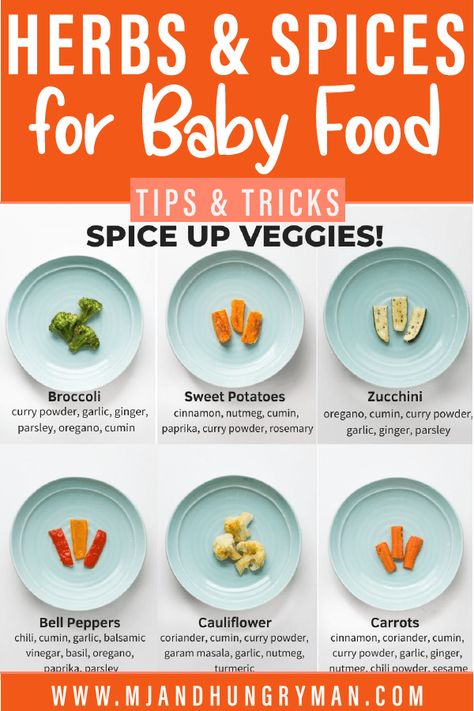
- Plan to introduce water when you start solids. I recommend a trainer cup.
- Choose one food to start with and plan to offer only one food at a time.
- Stop when baby starts to fuss, turns his head away, or shows any other signs of not wanting to continue. It’s usually fairly obvious when they are done!
TIP: If you start offering solids and baby just doesn’t seem interested at all, it’s okay. Take a break for a few days or a few weeks and start again. Each kiddo has their own unique timeline.
Best Tips for Starting BLW
Here are a few more tips to consider and review before you get started.
- Understand the gag reflex. Gagging is different than choking though and is most often a sign that baby is learning to move food around in their mouths—and to get it out of their mouths, which is a skill you want them to have!
- Brush up on the basics of how to know when baby is ready to start solids. (Go back to the top of this post for the signs to look for.
 )
) - Set them up for success with a highchair that allows them to sit up straight and has foot support.
- Sit with them as you offer food.
- Check your own expectations of what will happen and simply allow your baby to take the lead.
- Start with one new food a day or every few days.
- Vary the textures of foods you offer to start exposing baby to many right from the start.
- Offer water in a sippy cup or small open cup.
TIP: Remember that breastmilk or formula will continue to satisfy baby’s hunger for the first few months of eating solids. Do not expect solids to replace milk feedings at this age.
First Foods for Baby
Starting solids with baby led weaning or purees are both perfectly acceptable ways to introduce a baby to solid foods—but the topic can get so heated! There’s a lot of pressure to do it the “right” way and I’m here to say that there isn’t one. You 100% can do one or the other, or combine the two to make it work for your family.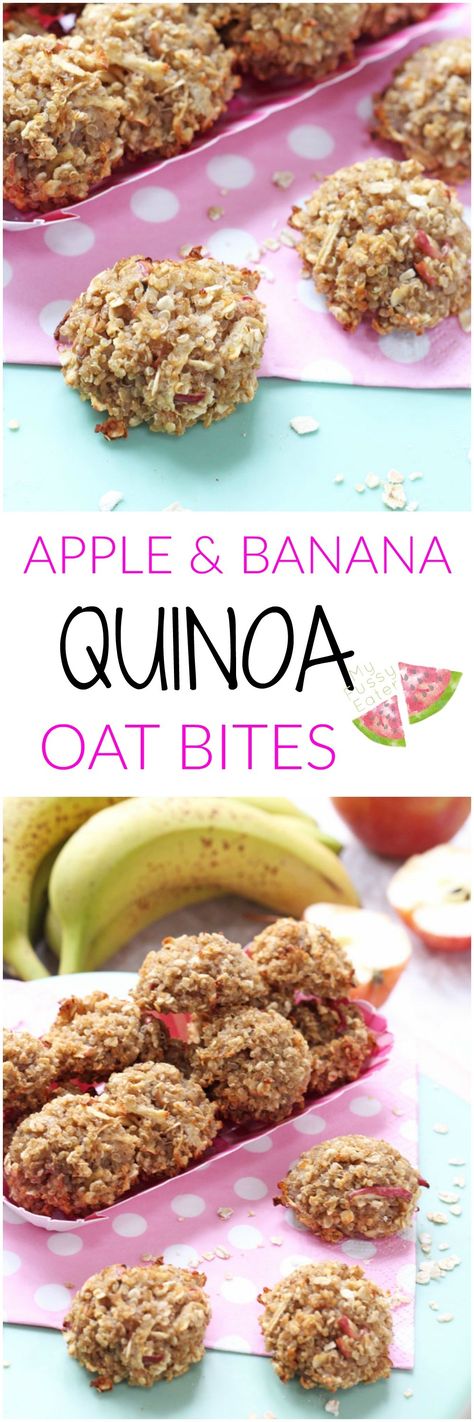 It’s all good!
It’s all good!
Remember, the goal with first foods for baby is that they’re introduced to flavors, nutrients, and foods they can easily eat or suck on. It should be an enjoyable milestone for all involved.
TIP: It’s a good idea to get into the habit of offering an iron-rich food since iron stores in babies start to run out around 6 months and they’ll need to start ingesting it in their food.
Best First Foods for Baby Led Weaning
Here are some of our favorite first foods to offer baby led weaning style. You want foods to be finger sized so they are large enough that baby can’t force the whole piece into their mouth, and a shape that’s easy for a 6 month old to hold with their chubby little hands. These are some of our favorites.
- Roasted sweet potato wedges
- Roasted apple wedges, skin on to help them hold together
- Roasted or steamed broccoli florets (big enough for baby to hold)
- Melon slices
- Thick mango slice
- Banana with some of the peel still on
- Toast sticks with mashed avocado
- Avocado spears (make sure the avocado is ripe and soft)
- Lamb or beef, on the bone or a large piece for baby to suck on
- Dark meat chicken, on the bone or a large piece for baby to suck on.

TIP: The foods should generally be soft enough to squish between your fingers with the exception of the large pieces of meat. If baby gnaws a piece down into a smaller piece, replace it with a larger one to avoid her putting a chunk of food into her mouth.
Baby Led Weaning Banana
To serve a banana to a baby, wash it well, then slice it in half. Cut off an inch or two of the peel, but leave the rest of the peel on so it’s not slippery for baby to hold. They’ll suck on the top part like a little popsicle! You can also help them hold the banana if needed.
Foods to Avoid Serving While Doing BLW
You want any foods you offer to a baby while doing baby led weaning to be soft enough to squish between your fingers and safe for them to eat and digest. Plan to avoid:
- Anything hard, sticky, or crunchy (like raw apple or carrot, whole nuts, crackers, or a big spoonful or nut butter)
- Added salt
- Cow’s milk (which is difficult for kids under 1 to digest; plain yogurt is fine though)
- Added sugar (they simply don’t need it)
- Honey (to avoid a risk of botulism)
- Super slippery foods that would be hard for baby to hold (which can be frustrating)
TIP: Always sit with your baby and watch them try to eat.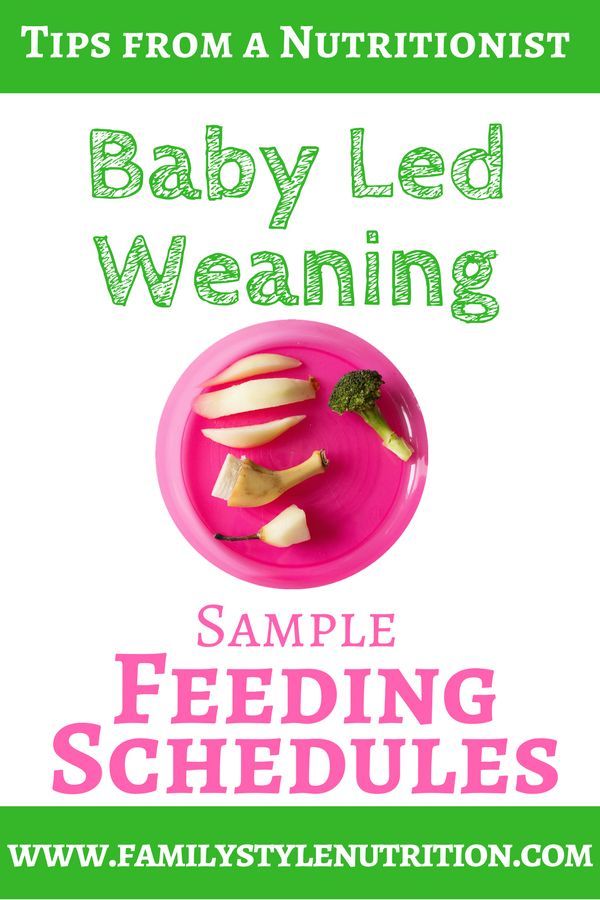 They are your best guide for making adjustments to the foods you serve.
They are your best guide for making adjustments to the foods you serve.
Baby Led Weaning and Choking
There are many parents who dislike this method of feeding because it often sounds like a baby is choking. And while there are surely some incidences of choking, what’s more likely is that a baby will occasionally gag on a piece of food that gets into their mouth that they weren’t expecting.
But remember: Gagging is a sign that baby is doing what she needs to in order to move the food around in their mouth as they learn to eat. It usually sounds more dangerous than it actually is.
TIP: If the sound of gagging really freaks you out, you’re not alone. Consider offering more preloaded spoons with purees to start your journey more slowly.
How to Cut Foods for BLW
You generally want the food to be big enough that it would be difficult for baby to put the entire thing into their mouths. Here are some specifics:
- Foods that are roughly the size of a finger, so about a 4-inch stick.

- Foods that are easy for the baby to pick up—they can’t pick up small pieces until closer to 9 months when they develop the ability to use their fingers in what’s known as a “pincer grasp”.
- Foods that aren’t too slippery—so you can wash and leave some of the peel on fresh foods like bananas, avocado, kiwi, and mango.
TIP: You can also go even bigger if you’re worried about size. Think half of a slice of bread or a big chunk of watermelon.
Will my baby actually eat much food with BLW?
Probably not at first. There will likely be more tasting of the food than eating of it and that is totally fine. They will still rely on breast milk or formula at this age for their main nutrition, so don’t expect them to suddenly start eating full meals. (They’ll get there in a few months, but it takes time!)
Do babies need teeth for baby led weaning?
No! Gums are super strong and front teeth aren’t used for chewing—that happens when the back molars come in. Teeth really have nothing to do with whether or not a baby can eat solids.
Teeth really have nothing to do with whether or not a baby can eat solids.
TIP: Learn more about what to expect from teething here.
Can you mix baby led weaning and purees?
Absolutely! I think it’s a great idea to mix the two methods simply because it gives you many more options for foods and allows the baby to experience more textures. I recommend allowing babies to feed themselves preloaded spoons—so you put the puree on a spoon, then hand it to them to actually put the spoon into their mouth—so they still have control over what goes into their mouths.
TIP: Feeding some purees is also helpful if you’ll be sending food with a baby to daycare since the care provider may not have experience with blw.
Best First Foods for Baby: Purees
Here are some of our favorite purees to start offering baby when they’re ready to start solids. Remember: There’s no evidence that says that you need to start with vegetables versus fruits, so go with something that tastes good to you. Start with single foods pureed smooth and offer just a little at a time on a spoon.
Start with single foods pureed smooth and offer just a little at a time on a spoon.
- Mashed roasted sweet potato puree
- Mashed avocado puree
- Mashed banana puree
- Butternut squash puree
- Applesauce, unsweetened
- Mashed pea puree
- Oatmeal baby cereal (with added iron)
TIP: One of my favorite baby food companies is Amara Organic Baby Food, a company using a nutrient protection technology that makes organic purees just as good as homemade. I love how easy they are to use when I need a shortcut and that they have fun baby-led weaning recipes on the side of every box! (paid affiliate link)
How do I know when baby has had enough?
If your baby is eating and then starts to turn her head away or just refuses to open her mouth, she’s done! Babies may also start to fuss if they’ve had enough. Learning this new skill takes time and babies can become tired fairly quickly into the process, so don’t expect them to always eat very much or to last very long at the table.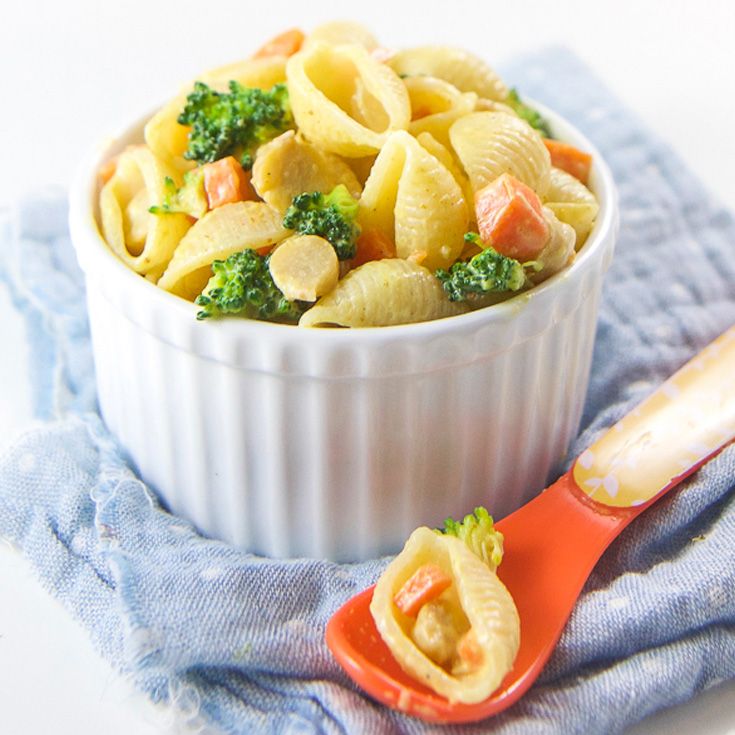 This stage is about exploration!
This stage is about exploration!
How to Let Baby Self Feed Purees
I love offering purees on a preloaded spoon. To do this, the parent, puts some of the food on the spoon and hands it to baby. Then baby can bring the food to their mouth all by themselves. This gives you some of the same advantages of baby led weaning, but can be more comfortable for many parents.
Remember, you can mix what you offer, going back and forth between purees and blw finger foods, so you can offer the same food two different ways to let baby explore. The main goal is to avoid forcing baby to take more bites than they want to, which can sometimes happen with purees.
Baby eating peanut butter toast stickWhen to Introduce Potentially Allergenic Foods
In recent years, guidelines have been updated on when to introduce potential allergens including peanuts, eggs, and shellfish, so unless you have a family history of a food allergy, you can go ahead and introduce them soon after baby starts eating solids. In fact, research is showing that introducing these foods early can actually protect baby from developing an allergy. Talk to your pediatrician if you have concerns.
In fact, research is showing that introducing these foods early can actually protect baby from developing an allergy. Talk to your pediatrician if you have concerns.
TIP: Thin unsweetened peanut butter with water to form a very thin Peanut Butter Puree until it’s about the consistency of regular yogurt and offer a very small amount on a spoon or spread on a toast stick.
What does a baby led weaning meal look like for months 7 and 8?
Until a baby is closer to 9 months and is able to pick up smaller pieces of foods, but after they have gotten the hang of one food at a time, I try to offer 1-2 foods they can feed themselves and one puree. This offers them a chance to ingest more via the puree but still feed themselves a range of textures. You can do more or less food following the lead of the child.
TIP: My Baby Food Chart has loads of with ideas for blw foods and purees by month.
Recipes for Every Stage of Starting Solids
If you’re ready to start solids with baby, or you’re just curious what it looks like to do a mix of baby led weaning and purees, check out my Yummy Baby Food cookbook.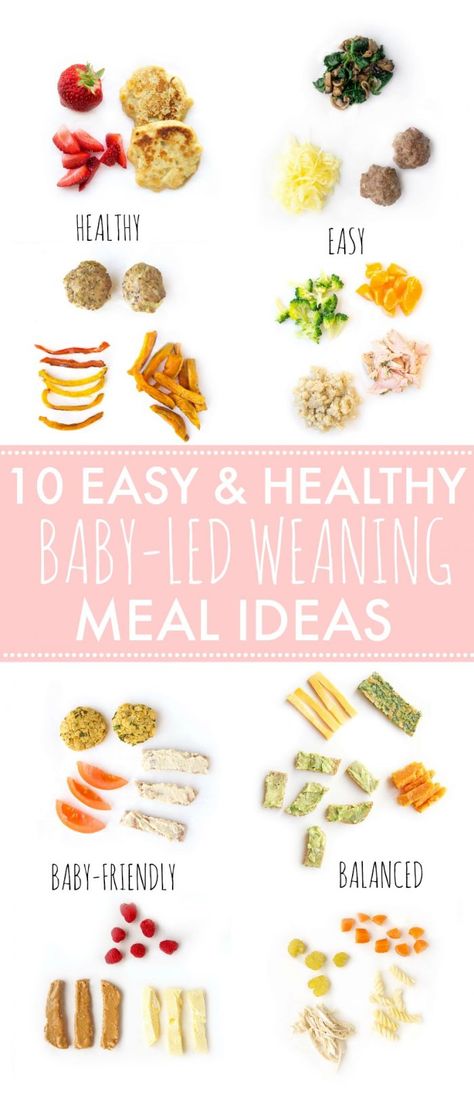 It goes stage by stage with specific foods to start in each, with simple recipes and easy feeding tips.
It goes stage by stage with specific foods to start in each, with simple recipes and easy feeding tips.
Listen to a recent podcast episode to hear about some of the basics of BLW with our guest Megan McNamee, MPH, RDN, CLT, and a Registered Dietitian Nutritionist specializing in pediatric nutrition who runs Feeding Littles.
I’d love to hear any questions you have with BLW or if your baby had a first food that I didn’t list here. Please comment below to share your experience!
Prep Time 5 minutes
Total Time 5 minutes
Author Amy Palanjian
Cuisine American
Course Dinner
Calories 28kcal
Servings 1
Banana
- ▢ 1 small ripe banana with peel on
Roasted Sweet Potato
- ▢ 1 small sweet potato + 1 teaspoon olive oil
Roasted Apple
- ▢ 1 small apple + 1 teaspoon butter or neutral oil
Roasted Broccoli
- ▢ 1 cup broccoli florets + 1 teaspoon olive oil
Sauteed Green Beans
- ▢ 4 green beans 1 teaspoon olive oil
Melon
- ▢ 1 small piece watermelon or cantaloupe
Avocado Toast
- ▢ 1 slice whole grain bread
- ▢ 1 tbsp ripe avocado
Avocado Spear
- ▢ ⅛ ripe avocado
Lamb or Beef
- ▢ 1 lamb chop, roast, or steak
Pan-Seared Chicken Thighs
- ▢ 1 chicken thigh
- ▢ 1 tsp olive oil
- ▢ 1 garlic clove, optional
Banana with some of the peel still on
Cut a banana in half.
 Use a knife to gently cut around the peel about 2 inches down, leaving some of the peel on so that the banana is easy for baby to hold and less slippery.
Use a knife to gently cut around the peel about 2 inches down, leaving some of the peel on so that the banana is easy for baby to hold and less slippery.
Roasted Sweet Potato Wedges
Preheat oven to 400 degrees and line a rimmed baking sheet with foil. Wash and dry the sweet potato. (You don't need to peel it.) Cut in half, then cut lengthwise into strips. Cut each strip in half again until each is about 1/2-inch thick. Slice in half horizontally if the sweet potato is very long. (Each strip should be about the size of your finger.) Place into a bowl and toss with the olive oil. Spread onto prepared baking sheet and roast for 22-25 minutes or until soft. Let cool slightly and serve.
Roasted Apple Wedges
Roasted Broccoli Florets
Preheat the oven to 400 degrees F. Place the broccoli onto a rimmed baking sheet and toss with the olive oil, coating and mixing well until all of the florets are a little shiny and coated with oil.
 Roast for 15-18 minutes or until tender. Let cool slightly and serve.
Roast for 15-18 minutes or until tender. Let cool slightly and serve.
Sauteed Green Beans
Warm the oil in a large skillet over medium heat. Add the green beans and stir. Cover and cook for about 8 minutes. Remove cover and taste one to see if it’s soft enough. Cook for an additional minute or two as needed.
Melon slices
Avocado Toast
Avocado Spears
(Make sure the avocado is ripe and soft): Cut a thick strip of avocado and offer to baby. You can leave the peel on if that makes it easier for baby to hold (just wash it first).
Lamb or Beef
Prepare a roast, steak, or chop without salt and with butter or olive oil until cooked medium well. Offer a thick slice at least the size of your finger or a drumstick.
Pan-Seared Chicken Thighs
Warm 1 tablespoon olive oil or butter in a large skillet over medium heat. Add the chicken thigh and top with a few slices of fresh garlic, if desired.
 Cover and cook for 4-5 minutes. Remove cover. Flip over and cook for an additional 4-5 minutes uncovered or until a meat thermometer registers 165 degrees F.
Cover and cook for 4-5 minutes. Remove cover. Flip over and cook for an additional 4-5 minutes uncovered or until a meat thermometer registers 165 degrees F.
- Add spices like garlic powder, cinnamon, cumin, oregano, or any other non-spicy flavor you like to make these more interesting.
- Offer just one piece at a time when starting out.
- If baby gnaws a piece down into a smaller piece, replace it with a larger one to avoid her putting a chunk of food into her mouth.
- Store any leftovers in an airtight container in the fridge for 3-5 days. Reheat briefly if needed.
- Remember that it's normal for babies to take time to actually ingest the food. Part of the process is exploring all of the senses related to the experience of eating.
Calories: 28kcal, Carbohydrates: 2g, Protein: 1g, Fat: 2g, Saturated Fat: 1g, Polyunsaturated Fat: 1g, Monounsaturated Fat: 2g, Sodium: 6mg, Potassium: 75mg, Fiber: 1g, Sugar: 1g, Vitamin A: 23IU, Vitamin C: 2mg, Calcium: 2mg, Iron: 1mg
Tried this recipe?Rate in the comments and tag @yummytoddlerfood on IG!
Rules for the introduction of complementary foods for a child 4 - 12 months: the first complementary foods, menus, diagrams, tables, principles of nutrition for a baby
Modern principles of complementary foods for children is a kind of fusion of practical experience and the latest scientific developments. They are based on the recommendations of the European Association of Pediatric Gastroenterologists, Hepatologists, Nutritionists ESPGHAN , the American Academy of Pediatrics AAP and national recommendations of relevant ministries and associations. nine0004
They are based on the recommendations of the European Association of Pediatric Gastroenterologists, Hepatologists, Nutritionists ESPGHAN , the American Academy of Pediatrics AAP and national recommendations of relevant ministries and associations. nine0004
Complementary foods: online course
Modern recommendations are based on the analysis of the results of many studies on the composition, timing of the introduction of complementary foods in Europe for healthy full-term newborns, taking into account various aspects of the introduction of complementary foods, its impact on physical and mental development. Timely introduction of complementary foods contributes to the optimal development of all systems and organs of the child, physical parameters, psychomotor development, and the activity of the nervous system. The period of introduction of complementary foods is very important for the growth and development of the child, as well as an outstanding stage in the transition of the child from breastfeeding to feeding from the general table.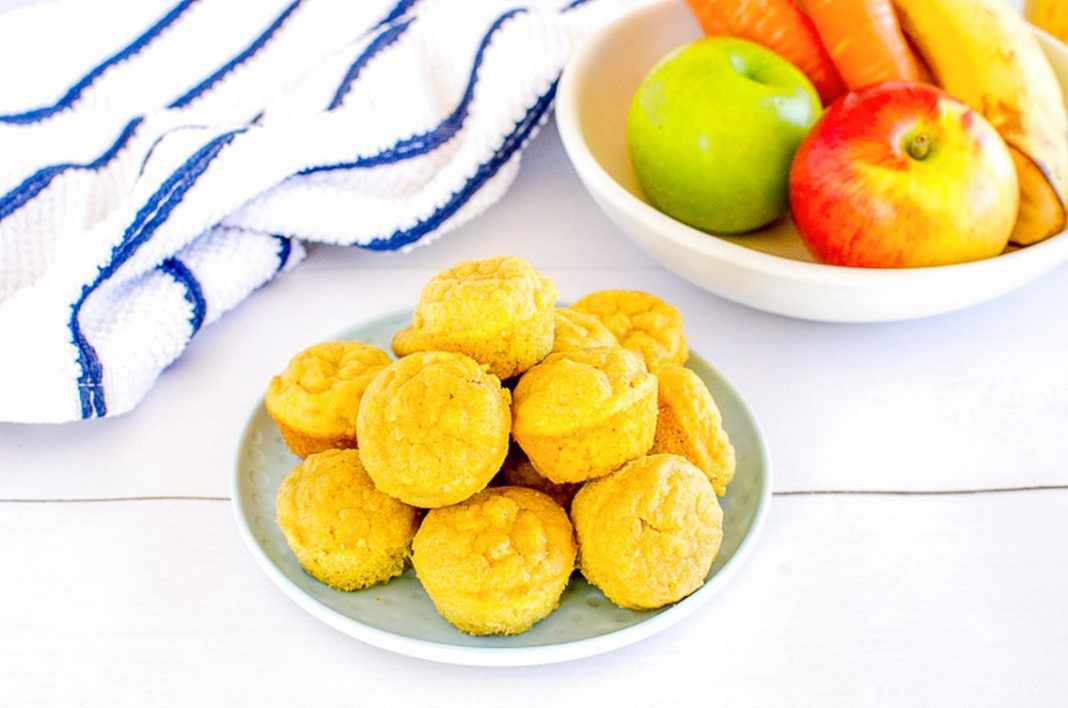 nine0013
nine0013
- It is inappropriate to develop separate recommendations for the introduction of complementary foods for breastfed or artificially fed children, the approaches in these cases are the same
- Breastmilk mothers remains the gold standard exclusive breastfeeding for at least 4 months (17 weeks) of an infant's life, up to 6 months (26 weeks), the standard of exclusive or predominant breastfeeding
- The digestive tract and kidney function are mature enough for a baby to accept complementary foods at 4 months of age, and between 5 and 6 months the baby develops the necessary motor skills to consume solid foods. Therefore, at this age, it is important to give food of the right consistency and in the right way
- A well-nourished mother can provide all the nutrients, vitamins, and minerals her baby needs through exclusive breastfeeding up to a maximum of 6 months of age
- Some children may need iron supplementation earlier than 6 months
- It is important to continue breastfeeding in parallel with the introduction of complementary foods.
 This has been shown to reduce the risk of gastrointestinal and respiratory infections, as well as hospitalizations in a child
This has been shown to reduce the risk of gastrointestinal and respiratory infections, as well as hospitalizations in a child - Comparing the initiation of complementary foods at 4 or 6 months of age, no significant differences were found in the effect on growth and body weight, the development of obesity during the first 3 years of life
- At the same time, a high risk of developing overweight and obesity has been established with the introduction of complementary foods before 4 months of age
- Complementary foods (solid or liquid food other than breast milk or infant formula) should be started no earlier than 4 months and no later than 6 months
- With age, with the introduction of complementary foods, the child should be offered food varied in texture, texture, taste, smell
- Children have an innate tendency to distinguish and prefer sweet and salty foods, reluctantly eat bitter, which we cannot change.
 But we can shape and adjust the taste preferences of the child through training, systematically offering the child foods with different tastes, including sour, bitter green vegetables
But we can shape and adjust the taste preferences of the child through training, systematically offering the child foods with different tastes, including sour, bitter green vegetables - Whole cow's milk Not recommended for infants under 12 months of age. The use of cow's milk is associated with the intake of an increased amount of energy, protein, fat, and lower - iron. Therefore, children who consumed large amounts of cow's milk at an early age had a higher risk of developing iron deficiency anemia
- Eating more protein when complementary foods increase the risk of overweight and obesity, especially in individuals with a predisposition to this, so protein intake should not exceed 15% of energy intake during the day
- The baby's need for iron is very high during the entire period of complementary feeding, so it is necessary to ensure the provision of iron-rich foods, especially for breast-fed children
- Allergenic products can be administered from the age of 4 months at any time, since it is during this period that the formation of immune tolerance to the allergen occurs.
 For example, children at high risk of developing allergic reactions to peanuts should be administered at 4-12 months of age under specialist supervision. No relationship was found between the timing of the introduction of allergenic complementary foods and the development of allergic or immunological diseases. However, this does not mean the need for early introduction of allergenic products to everyone, but it emphasizes that there is no need to postpone the introduction of allergenic products after 4 months for a longer period; nine0034
For example, children at high risk of developing allergic reactions to peanuts should be administered at 4-12 months of age under specialist supervision. No relationship was found between the timing of the introduction of allergenic complementary foods and the development of allergic or immunological diseases. However, this does not mean the need for early introduction of allergenic products to everyone, but it emphasizes that there is no need to postpone the introduction of allergenic products after 4 months for a longer period; nine0034 - Gluten may be offered to a child aged 4-12 months, however large amounts of gluten should be avoided during the first weeks after initiation of its introduction, thereafter a safe amount has not been established. The type of feeding (breast/artificial) was not identified with the introduction of gluten to reduce the risk of developing celiac disease, type 1 diabetes;
- Sugar or salt should not be added to complementary foods, and sweetened drinks and juices should be avoided.
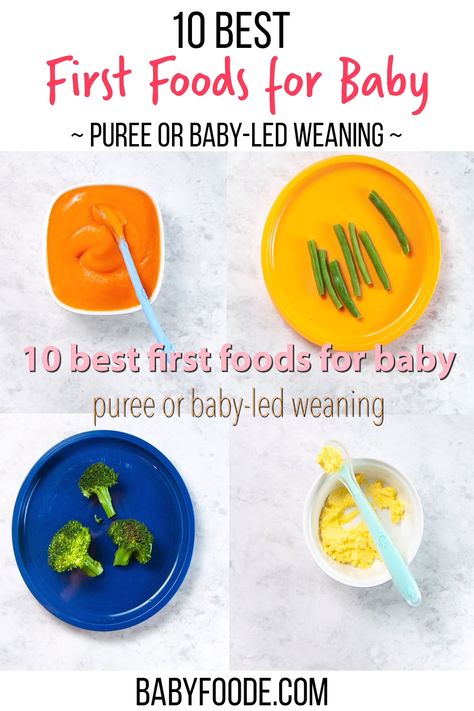 Sugary drinks are liked by babies in the first months, but if they are not given, but after 6 months, the children no longer like them very much. Sugar affects future eating behavior. Sugar is an important factor in the development of caries - it contributes to caries, as glucans can be formed, which increase the adhesion of bacteria to tooth enamel, disrupt the diffusion balance of acid and buffer systems, which ultimately contributes to damage to the enamel. nine0034
Sugary drinks are liked by babies in the first months, but if they are not given, but after 6 months, the children no longer like them very much. Sugar affects future eating behavior. Sugar is an important factor in the development of caries - it contributes to caries, as glucans can be formed, which increase the adhesion of bacteria to tooth enamel, disrupt the diffusion balance of acid and buffer systems, which ultimately contributes to damage to the enamel. nine0034 - Vegetarian diets are contraindicated in young children due to the risk of vitamin B12, iron, zinc, folate, long-chain fatty acid, protein and calcium deficiencies, which can lead to irreversible adverse effects and impaired cognitive development;
- Vegetarian diet can only be used under the close supervision of a doctor and nutritionist, with the obligatory additional administration of vitamins B, D, iron, zinc, calcium, proteins, PUFAs, which can ensure the appropriate growth and development of the child.
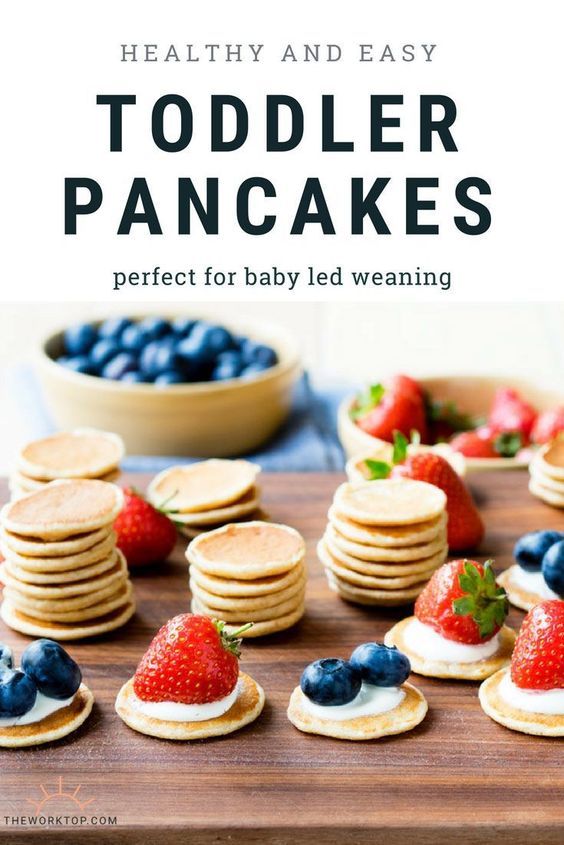 It is important that parents should be aware of the risk of irreversible harmful consequences (mental disability, death of the child) that may develop if they do not follow the recommendations of specialists. nine0034
It is important that parents should be aware of the risk of irreversible harmful consequences (mental disability, death of the child) that may develop if they do not follow the recommendations of specialists. nine0034
The General Rules for the introduction of complementary foods for children of the first year of life:
- Introduce the first feeding It is better in the morning feeding 9-11 in the morning to trace the reaction of the child to the new product.
- Without added sugar and salt .
- Give the first complementary food to the child when he is calm and not tired .
- Start with 0.5-2 teaspoons. If the child refuses, do not insist, try to give later or the next day.
- If the reaction is normal - no rash, no skin changes, no stool changes, double the dose the next day.
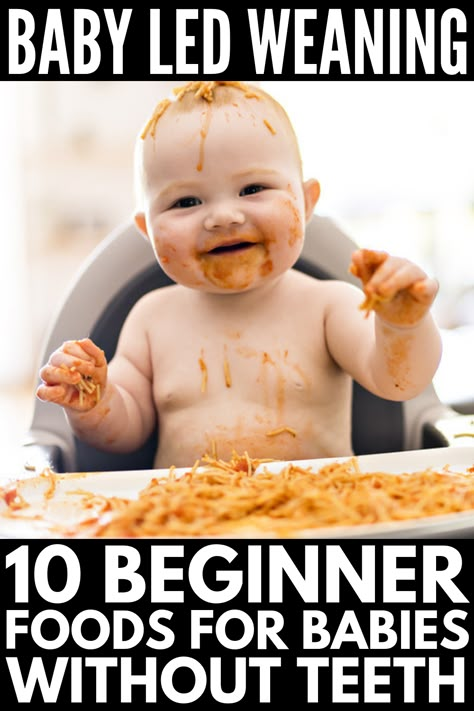 Gradually bring the first complementary foods of the child to the age norm 80-200 g
Gradually bring the first complementary foods of the child to the age norm 80-200 g - If there is an allergic reaction or other intolerance reaction - refuse to introduce this complementary food for three days, if the adverse reaction occurs again - do not give this product, contact your pediatrician. nine0034
- Each subsequent new complementary food must be one-component only: marrow, cabbage, broccoli, buckwheat, meat, etc.
- Mixed food dish give when the child has already become acquainted with all the products separately.
- It is not advisable to introduce new foods three days before and after vaccinations.
If you are thinking about introducing complementary foods, then your child should already have certain signs of readiness for this:
- Holds head
- Able to stand alone, practically without support, sit on a special high chair with side support
- Opens mouth when a spoonful of food is brought
- Turns away from a spoonful of food when not hungry
- Closes mouth with spoon in mouth holds food in mouth and then swallows rather than pushing or spitting it out
The first complementary foods at 4 months
The age of 4 months as the minimum for the introduction of complementary foods was also chosen because at 4 months the child's gastrointestinal tract becomes more mature: the initially increased permeability of the small intestine mucosa decreases, the number of digestive enzymes, a sufficient level of local immunity is formed, the child acquires the ability to swallow semi-liquid and thicker food, associated with the extinction of the “spoon ejection reflex”.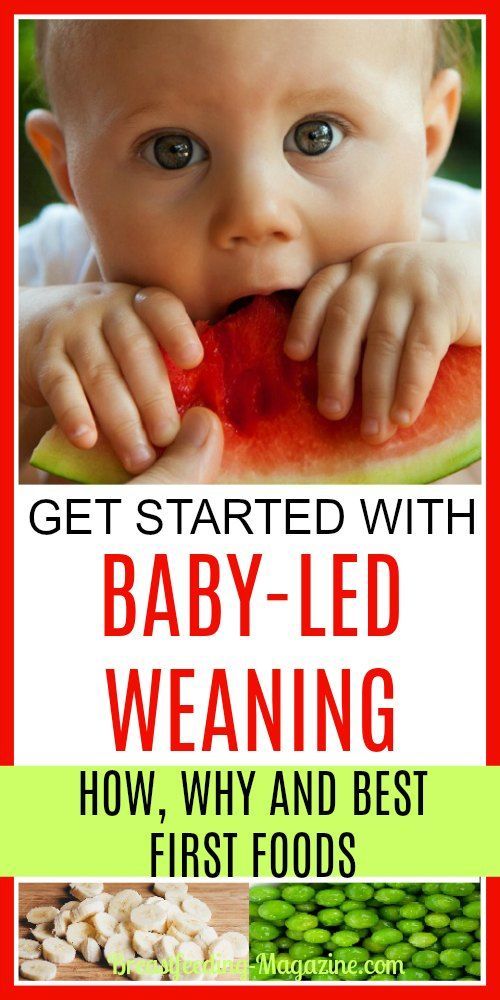 nine0013
nine0013
Therefore, to the question whether it is necessary to give complementary foods to a 3-month-old baby , one can unequivocally answer: no, it's too early!
But 4 months, this is the time when you can think about the introduction of complementary foods. At the same time, it should be remembered that at the age of 4 months, the child has enough mother's milk or a highly adapted milk formula for its full development. In addition, when they talk about complementary foods at 4 months, they usually mean the end of the 4th month of life. It is important to continue breastfeeding in parallel with the introduction of complementary foods. nine0013
Video: Body in 4 months
If you introduce complementary foods at the 4th month of the child -usually one-component vegetable or fruit puree if the child does not gain weight well enough well , then it can be gluten-free porridges: rice and buckwheat . It is better to start with vegetable puree. Kids are smart and if he tries a sweeter fruit puree, he can refuse vegetable puree for quite some time and you may have difficulty introducing this very healthy dish. nine0013
It is better to start with vegetable puree. Kids are smart and if he tries a sweeter fruit puree, he can refuse vegetable puree for quite some time and you may have difficulty introducing this very healthy dish. nine0013
What is useful in vegetable supplements and what is the best way to prepare it?
Vegetable puree - for the first feeding can be prepared from cauliflower, zucchini, pumpkin, broccoli - these are low-allergenic foods, are among the ten most useful vegetables in the diet of children, contain a large amount of healthy proteins, fiber and vitamins, microelements ! Fiber helps move food through the digestive tract and promote beneficial microflora in the gut. Pectins absorb and remove toxins from the baby's body. Vegetables have a positive effect on the acid-base balance of the body, creating conditions for the proper functioning of all organs and systems. nine0013
Cauliflower - is a good source of fiber, protein, minerals and vitamins: A, B1, B2, B3 (PP), B6, as well as a small amount of vitamins K, D and tocopherol (vitamin E).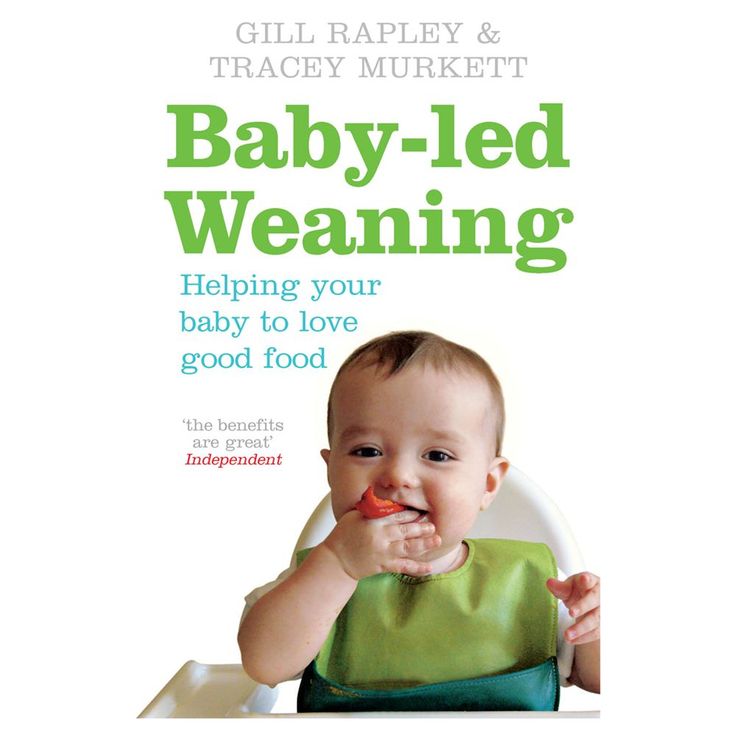 In the inflorescences of cabbage there is a lot of magnesium, sodium, potassium, phosphorus, calcium, iron. It contains twice as much iron as green peas, peppers and lettuce. Cauliflower protein is easily digestible and its content is quite high. Cauliflower protein contains essential vitamin U (methionine). It is one of the essential amino acids that cannot be synthesized by the human body. Other essential amino acids are also present in a small amount: arginine, tryptophan. nine0013
In the inflorescences of cabbage there is a lot of magnesium, sodium, potassium, phosphorus, calcium, iron. It contains twice as much iron as green peas, peppers and lettuce. Cauliflower protein is easily digestible and its content is quite high. Cauliflower protein contains essential vitamin U (methionine). It is one of the essential amino acids that cannot be synthesized by the human body. Other essential amino acids are also present in a small amount: arginine, tryptophan. nine0013
Zucchini - rich in vitamins and microelements. It contains potassium, magnesium, phosphorus, calcium, vitamins C, B1 and B2 and others, folic acid. Which plays an important role in the processes of hematopoiesis. Zucchini is rich in such important trace elements as iron and copper. They are necessary for the formation of nervous tissue, normalization of metabolism, as well as for the formation of hemoglobin, which is a good prevention of anemia.
Broccoli is a very healthy vegetable that is a type of cauliflower. Pleasant mild taste and good digestibility of the product, unique composition have a beneficial effect on the health of both adults and children. Eat unopened cabbage inflorescences. This is also a low-allergenic vegetable, rich in protein, fiber, vitamins, calcium, iron, trace elements and even phytoncides. The content of calcium and magnesium is sufficient to balance the functioning of the nervous system, ensure the normal regulation of the child's sleep and wake cycle, and good stress resistance. A child with such nutrition becomes calmer, less excited and naughty. nine0013
Pleasant mild taste and good digestibility of the product, unique composition have a beneficial effect on the health of both adults and children. Eat unopened cabbage inflorescences. This is also a low-allergenic vegetable, rich in protein, fiber, vitamins, calcium, iron, trace elements and even phytoncides. The content of calcium and magnesium is sufficient to balance the functioning of the nervous system, ensure the normal regulation of the child's sleep and wake cycle, and good stress resistance. A child with such nutrition becomes calmer, less excited and naughty. nine0013
Broccoli is the leader in choline and methionine content. Only 50 g of broccoli provides the baby with a full set of nutrients for a day.
Pumpkin - the largest vegetable on Earth. It is one of the ten most useful vegetables in the diet of children, contains a large amount of useful proteins, fiber and vitamins, including beta-carotene, vitamin C, E, K, iron, potassium, magnesium, trace elements that are indispensable for children's nutrition, as they strengthen immunity and help fight inflammation, have a beneficial effect on the nervous system.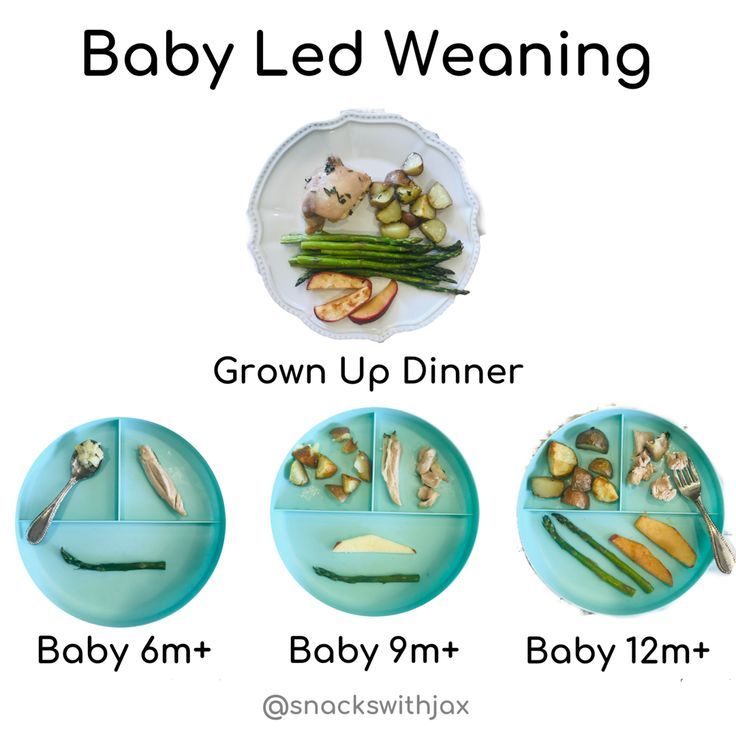 By the content of carotene, pumpkin exceeds carrots by 5 times. nine0013
By the content of carotene, pumpkin exceeds carrots by 5 times. nine0013
Vitamins and microelements contained in pumpkin help the child grow, provide healthy sleep, are responsible for the condition of the skin and eyes, improve metabolic processes, and accelerate the removal of harmful substances from the child's body. Due to its beneficial qualities, pumpkin can be one of the first types of complementary foods for an infant.
All vegetable purees have a specific vegetable smell, this is absolutely normal
0006
Introduction of vegetable puree
Vegetables should be introduced into the child's menu gradually. Start giving each new vegetable in the form of a monocomponent puree in the amount of ½ teaspoon, preferably at breakfast, so you can track the manifestations of food allergies or intolerance reactions to this product. If all is well, then the next day, offer him a teaspoon. So gradually you need to bring the portion to 50-100 grams.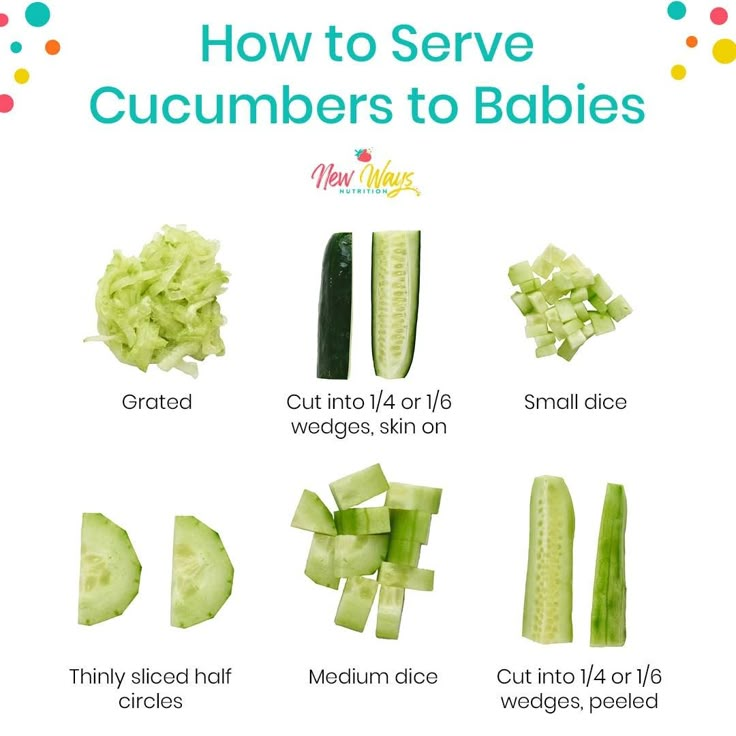 A serving of vegetable puree per day for an 8-month-old baby is approximately 80 grams. In a year, you can increase up to 150 grams. The next product can be administered no earlier than 4-5 days later. If a child has skin rashes, his stool has changed, then you need to remove the product from the diet and consult a pediatrician. nine0013
A serving of vegetable puree per day for an 8-month-old baby is approximately 80 grams. In a year, you can increase up to 150 grams. The next product can be administered no earlier than 4-5 days later. If a child has skin rashes, his stool has changed, then you need to remove the product from the diet and consult a pediatrician. nine0013
If the child does not like the dish, for example, broccoli, do not give up and continue to offer this vegetable in small quantities - 1-2 spoons a day, maybe not even once, but 2-3 times before meals, and after 7 - 10, and sometimes 15 days, the baby will get used to the new taste. This diversifies the diet, will help form the right taste habits in the child.
Fruit puree introduction
Fruit puree is a definite alternative and addition to vegetables. It can be made from apples, bananas - by the way, do you know what a berry is?, sweet varieties of pears. These fruits contain substances useful for babies, vitamins and minerals, including iron, which is extremely necessary for children.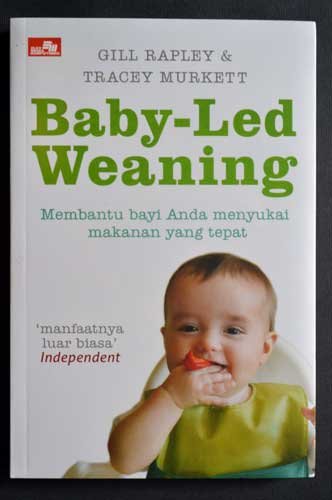 Prune puree is somewhat separate, it has a good effect on the baby's digestion, especially with a tendency to constipation, and, of course, also contains many useful substances.
Prune puree is somewhat separate, it has a good effect on the baby's digestion, especially with a tendency to constipation, and, of course, also contains many useful substances.
Porridges in the nutrition of a child in the first year of life. nine0005
Porridge can be introduced into the baby's diet at the end of 4 months or at the fifth, sixth month of life. As a rule, they go as a second food after vegetable or fruit puree. But if your child is not gaining weight very well, or you have been feeding your child with breast milk or infant formula until almost the end of 6 months, then complementary foods can be started with the introduction of cereals.
It is important to start with one-component, low-allergenic cereals which does not contain gluten : this is buckwheat, rice, corn porridge .
gluten-containing cereals include: wheat, oats, rye, barley, millet .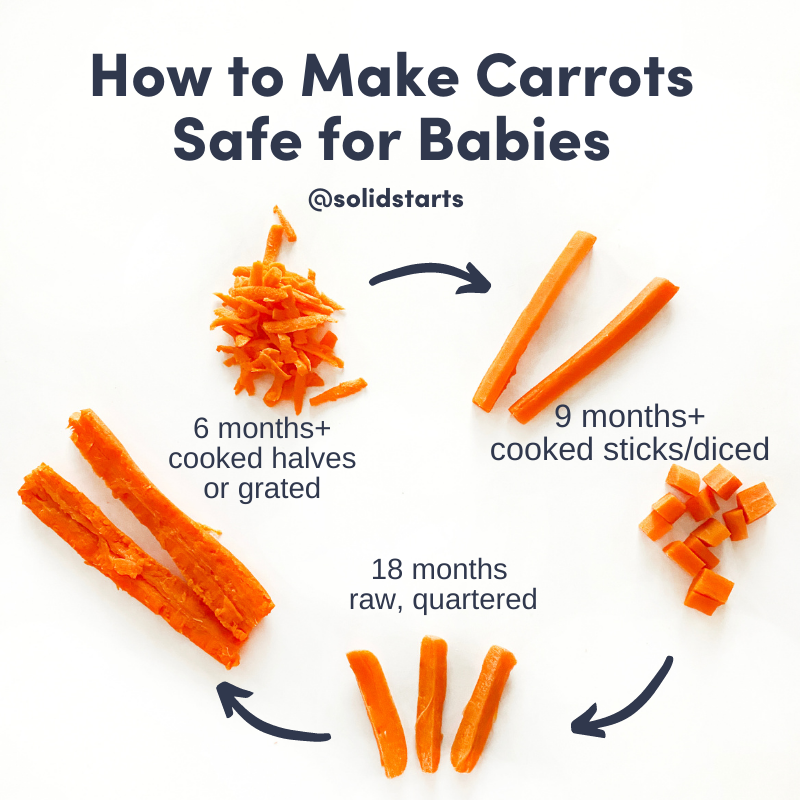
According to modern data , the period of introduction of gluten into the child's diet is not of fundamental importance, but the latest recommendations draw attention to the fact that its amount in the baby's diet should not be large. Therefore, it is better to add semolina and oatmeal to other porridge in a limited amount, and not to give it on its own. No relationship was found between the timing of the start of complementary foods that contain gluten and the development of celiac disease in a child. If your child hasn't tried porridge yet, start with a dairy-free, gluten-free, one-ingredient buckwheat or rice porridge. nine0013
Rice - very useful for growing baby. It has a low content of vegetable proteins, therefore it is easily digested and is especially useful for toddlers with unstable stools. Rice has a high nutritional value and, to a certain extent, protects the delicate intestines of the baby due to its enveloping effect.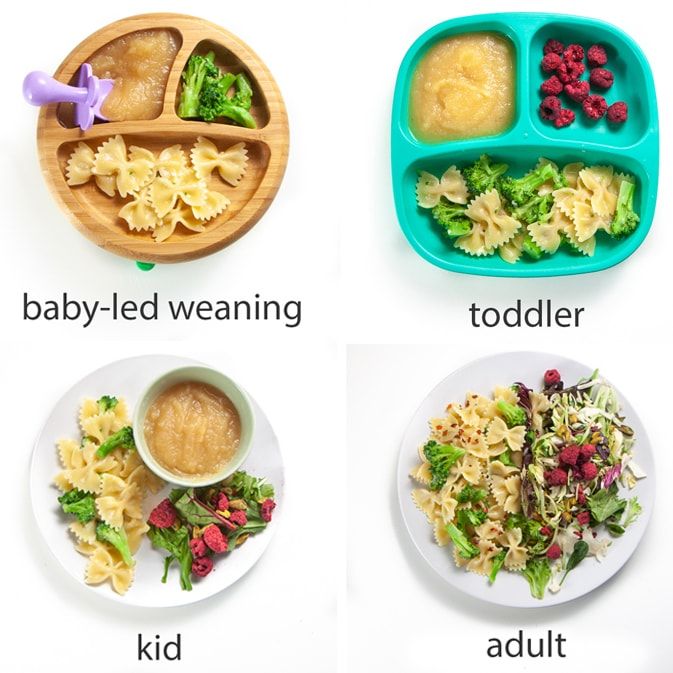 This is a hearty and nutritious dish with a good content of carbohydrates and proteins, potassium and magnesium, calcium and phosphorus, beneficial amino acids and vitamins. It replenishes energy costs, energizes and gives strength. Rice is not recommended for overweight children and those who suffer from severe constipation. nine0013
This is a hearty and nutritious dish with a good content of carbohydrates and proteins, potassium and magnesium, calcium and phosphorus, beneficial amino acids and vitamins. It replenishes energy costs, energizes and gives strength. Rice is not recommended for overweight children and those who suffer from severe constipation. nine0013
Gluten-free buckwheat porridge - very nutritious and rich in iron, fiber, rich in various vitamins and microelements. This is also a good option for starting a child's acquaintance with adult food. These porridges can be prepared with water, breast milk, milk formula, which your child is used to. No need to add salt and sugar.
Rules for introducing porridge into baby food
If the child already eats porridge from 5 months, then at 6 months you can offer a more complex porridge - for example, rice porridge with apricot or raspberries, rice porridge with banana (this is very successful a combination both in taste and in its properties) or even more complex porridge - corn-rice with banana. nine0013
nine0013
Over time, you can start adding apple, banana, pear, plum and prunes, apricot and dried apricots, broccoli, carrots, berries to porridge, , provided that the child is not allergic to them.
The rules for introducing cereals are the same as for vegetable puree. In order for the child to get used to the new product and its consistency more easily, first prepare 5% porridge (5 g of cereal per 100 g of water), if you make it yourself. Porridge is usually cooked with water, but can be made with breast milk, infant formula. First, give the baby one teaspoon, then, within 7-10 days, bring the volume of porridge of the same percentage to the full volume of feeding (150 g). If all this time the porridge is well tolerated, i.e. there are no skin rashes, the child has a stable stool, they switch to a gradual (starting from 20-30 g) introduction of porridge of the same cereal, but already at a 10% concentration (10 g of cereal per 100 g of water).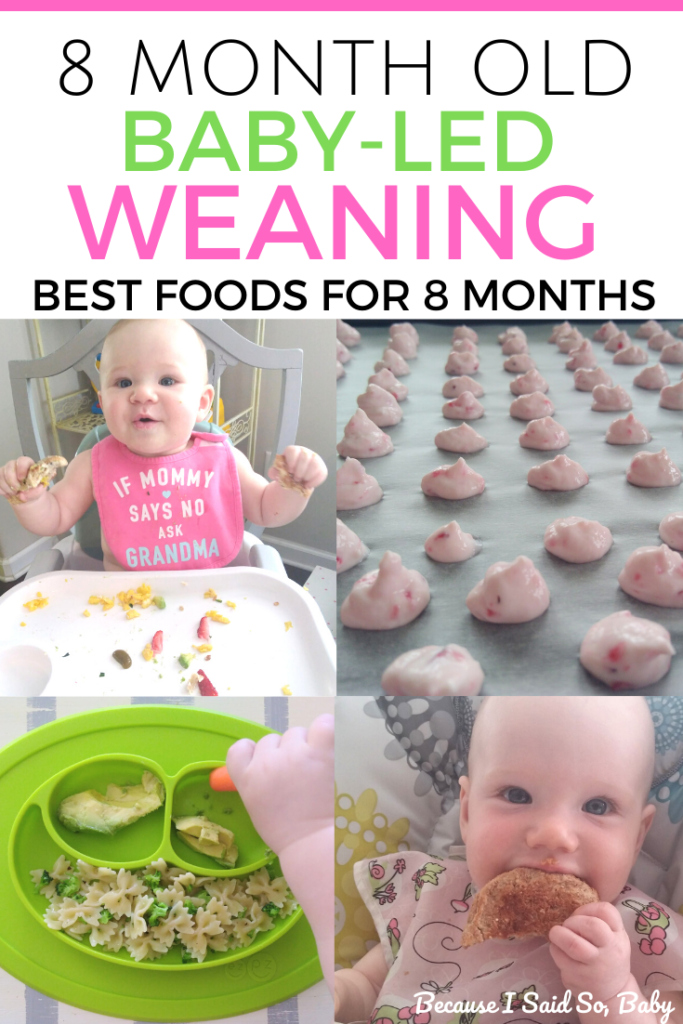 In other words, a thicker porridge is administered no earlier than 7-10 days from the beginning of the introduction of porridge. The complete introduction of 10% porridge to the baby is also carried out in 7-10 days. The third week falls on the complete addiction of the child to a new dish. Only after that you can introduce a new cereal (in the form of 10% porridge) or the next complementary foods. nine0013
In other words, a thicker porridge is administered no earlier than 7-10 days from the beginning of the introduction of porridge. The complete introduction of 10% porridge to the baby is also carried out in 7-10 days. The third week falls on the complete addiction of the child to a new dish. Only after that you can introduce a new cereal (in the form of 10% porridge) or the next complementary foods. nine0013
Video: feeding porridge
You need to give porridge from a spoon, better in the morning for breakfast. After porridge at the stage of its introduction, the child should be offered breast or milk formula. With artificial feeding, the volume of the mixture after a portion of porridge should be such that, together with porridge, it is 200 ml with five meals a day.
Norms for the introduction of cereals
In the future, the volume of the portion of porridge gradually increases, amounting to:
- 7-8 months - 160-170 ml
- 8-9 months - 170-180 ml
- 9-12 months - up to 200 ml (there is a complete replacement of one feeding of the child with complementary foods.
 )
)
Cereal schedule
- Day 1 – 1 teaspoon (5 g)
- Day 2 - 2 teaspoons (10 g)
- Day 3 - 3 teaspoons (15 g)
- Day 4 - 4 teaspoons (20 g)
- Day 5 - 50 ml (50 g)
- Day 6 - 100 ml (100 g)
- Day 7 - 150 ml (150 g)
Meat complementary foods - the rules for introducing meat into the child's diet
Meat is usually the third, very important product of complementary foods, after vegetables and cereals. The meat contains amino acids, complete animal protein, B vitamins (B1, B2, B6 and B12), heme iron, potassium, calcium, zinc, phosphorus, which are necessary for the growth and development of the child. It is very important to understand that mashed meat contains iron, which is easily absorbed. And the addition of meat to vegetables improves the absorption of iron from them, from vegetables. nine0013
Iron deficiency can seriously affect the intellectual development of a child, his immunity, hematopoiesis.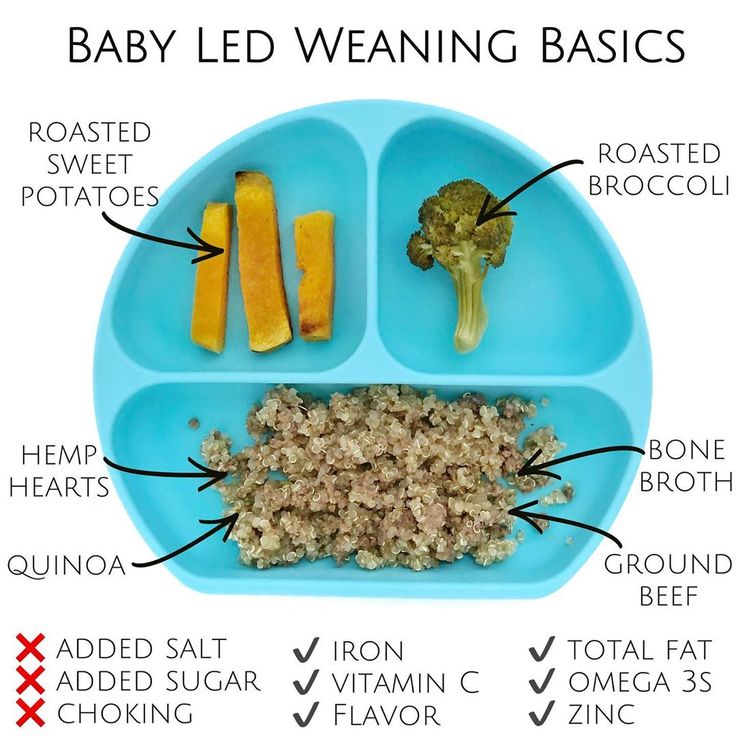 Since your task is to raise a healthy and intelligent child, meat complementary foods must be introduced without fail and in a timely manner.
Since your task is to raise a healthy and intelligent child, meat complementary foods must be introduced without fail and in a timely manner.
Heme iron - found in meat products and easily digestible (red meat-veal, liver), absorption is about 25%.
Non-heme iron - found in plant foods (beans, beans, lentils, peas, nuts, tomatoes, cauliflower, green leafy vegetables, apples, dried fruits, but it is absorbed much worse from plants - only 3-5% Iron absorption from other animal products (eggs, fish) is 10-15%.0013
It is important to know that human milk enhances , while cow's milk reduces iron absorption .
Timing of the introduction of meat complementary foods
It is advisable to introduce meat puree to a child aged 6-8 months . This, to some extent, depends on when cereals and vegetable/fruit purees were introduced.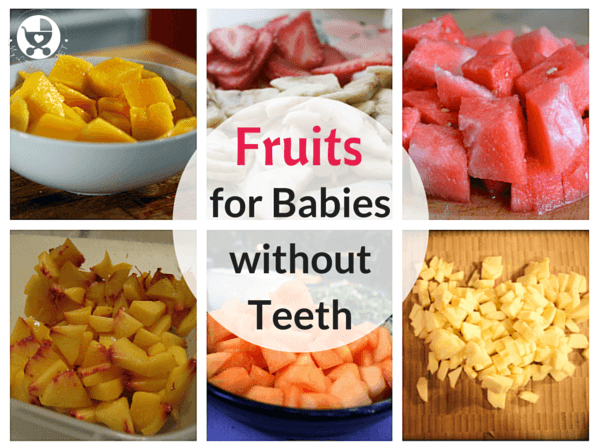 if your baby has been eating vegetables and cereals since 4 months, meat can be introduced at 6 months. From 7 months it can be administered if the child is not gaining weight. From 8 months to children who started complementary foods at 6 months. nine0013
if your baby has been eating vegetables and cereals since 4 months, meat can be introduced at 6 months. From 7 months it can be administered if the child is not gaining weight. From 8 months to children who started complementary foods at 6 months. nine0013
For children at risk for the development of anemia, an earlier introduction of meat at the age of 5 - 6 months is recommended.
It has been proven that only daily use of children's enriched porridge and meat puree can fully meet the needs of children in iron, zinc and other micronutrients.
You can start meat complementary foods with lean beef, veal , but better with less allergenic poultry meat ( turkey, chicken ), or rabbit, these are the most easily digestible meats.
Goose and pork are fatty for the baby, and the meat of duck and other birds of the reservoirs is also not suitable for the first feeding.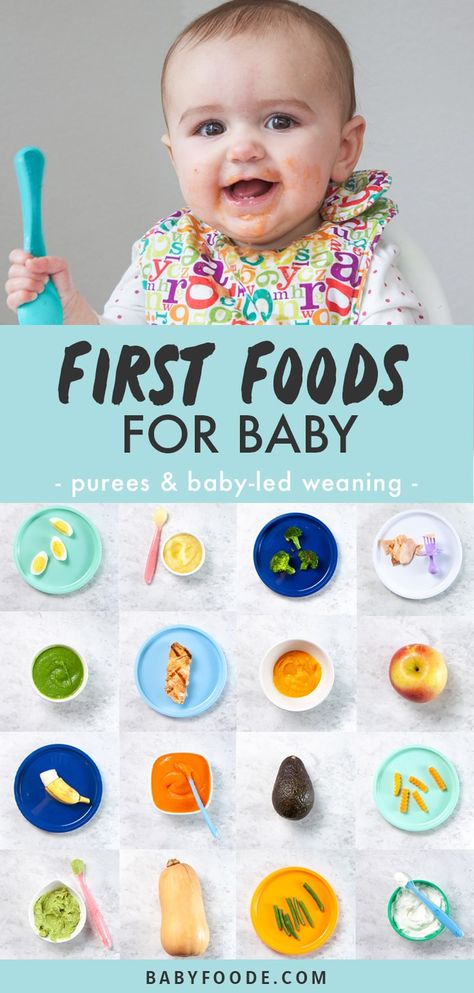 They are recommended to give only after 3 years;
They are recommended to give only after 3 years;
Horse Meat is perfect for your little one. The product is rich in carbohydrates and proteins, but it is almost impossible to find horse meat for sale.
Meat should be introduced into the child's diet gradually, at lunchtime, first a quarter of a teaspoon and, gradually adding, bring it up to the daily norm: At 8 months, about 50 g, at 9months-60-70 g.
Video: Power feeding meat
Scheme for the introduction of puree
- 1 day ¼ of the vegetables
- Day 2 - ½ teaspoon
- Day 3 - 1 teaspoon
- Day 4 - 2 teaspoons
- Day 5 - 3 teaspoons
- Day 6 3-4 teaspoons + vegetables
At first, it is better to give meat with vegetable puree, which the child has already eaten, so that he adapts better to the new product, and iron is better absorbed. Children at the end of the first year of life can already be given 3 varieties of mashed meat.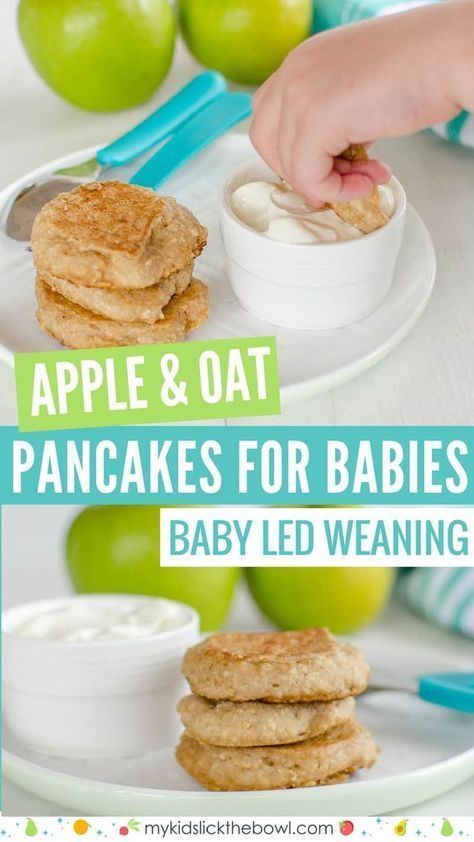 nine0013
nine0013
Baby menu at 7-8 months
At 7-8 months you can start giving children 0 baby cottage cheese 9000 Start with 1/2 teaspoon. Within a month, the daily volume of cottage cheese consumption by a baby can be increased to 30-40 g. In addition, a child of 8 months is recommended to give sour-milk infant formula. But ordinary yogurt from the store should not be given. At this age, the child should receive 5 g of butter and 5 g (1 teaspoon) of vegetable oil, ¼- yolk - 2-3 times a week. nine0013 Baby's menu at 9 months At the age of 9 months Your baby is already familiar at this age already usually familiar: , egg yolk  It is desirable to feed the baby at the table with other family members, he must see how his parents eat with pleasure, he learns from them. The amount of food offered should be based on the principles of actively encouraging the baby to eat, it is necessary to continue to gradually change the consistency and increase the variety of complementary foods, adhering to the recommended frequency of introducing complementary foods.
It is desirable to feed the baby at the table with other family members, he must see how his parents eat with pleasure, he learns from them. The amount of food offered should be based on the principles of actively encouraging the baby to eat, it is necessary to continue to gradually change the consistency and increase the variety of complementary foods, adhering to the recommended frequency of introducing complementary foods.
At this age, the child usually gets complementary foods 3 times a day . His diet depends on the age of the start of complementary foods. If the baby began to give new food at 4-5 months, the list of allowed foods will be much wider than if this happened at 6-7 months. Therefore, all this is very individual, there are no absolutely rigid frameworks and recommendations. On the Internet you will find a lot of different advice on baby food, if you are not sure about something, it is better to consult your pediatrician.
From vegetables the baby can be given what he ate before, mixing them: pumpkin, zucchini, cauliflower, broccoli, carrots and others, adding 1 tsp.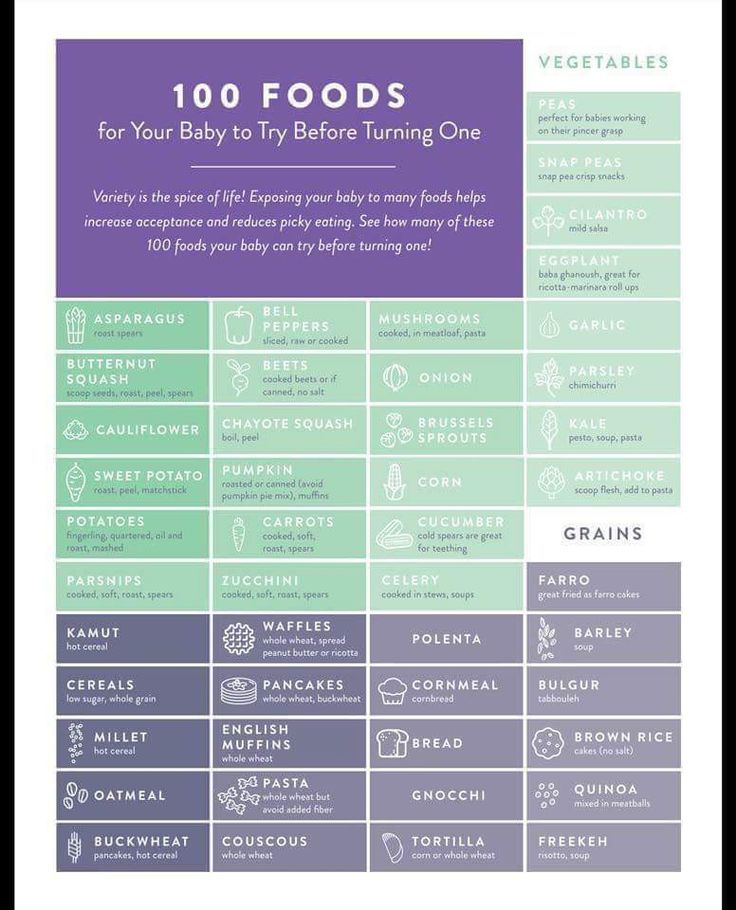 vegetable oil . If the baby does not have skin reactions, then you can give beets . It is also possible to give two-, three-component vegetable purees and soups , but only on condition that he is already familiar with these products and he has not had a reaction to them. nine0621 If you have introduced complementary foods, then you need to remember that water is an important part of baby food. You can use purified water or special water for children .
vegetable oil . If the baby does not have skin reactions, then you can give beets . It is also possible to give two-, three-component vegetable purees and soups , but only on condition that he is already familiar with these products and he has not had a reaction to them. nine0621 If you have introduced complementary foods, then you need to remember that water is an important part of baby food. You can use purified water or special water for children .
In addition, at 9 months you can give special baby wheat cookies , which the baby will be happy to eat on his own as an adult, white wheat bread, this improves hand motility, improves eating skills, but at the same time he must be supervised. nine0621 At this age, you can start giving fish puree from low-fat varieties: river perch, pollock, hake, haddock, zander, pollack - start with ½ teaspoon, bringing up to 40-50 g , watching the reaction of the child , give at lunchtime instead of mashed meat, 1-2 times a week. But a number of pediatricians do not advise giving it up to a year, it is a useful, but highly allergenic product.
But a number of pediatricians do not advise giving it up to a year, it is a useful, but highly allergenic product.
Baby menu at 10 months
B 10 months usually 2 times a day the child receives the mother's breast or special milk formulas . Various cereals: buckwheat, rice, corn, oatmeal, wheat, semolina porridge . add 5-10 g of butter to cereals. At this age, it is already possible to make complex cereals from 2-3 cereals with which the child is familiar, add various fruits, vegetables: apple, banana, pear, plum and prunes, apricot and dried apricots, broccoli, carrots, berries nine0005 , provided that the child is not allergic to them, or use ready-made cereals with fruit.
From vegetables the baby can be given what he ate earlier, mixing them: pumpkin, zucchini, cauliflower, broccoli, carrots, beets and others, adding 1 tsp. vegetable oil . It is also already possible to give two-, three-component vegetable purees and soups, but only on condition that he is already familiar with these products and he did not have a reaction to them. nine0621 At this age, the baby already usually eats about 40-50 g of baby meat puree from chicken, turkey, rabbit , with good tolerance to cow's milk proteins from veal or beef. If he has been eating meat for a month or more, you can start giving him two-component meat purees , for example from chicken and turkey.
vegetable oil . It is also already possible to give two-, three-component vegetable purees and soups, but only on condition that he is already familiar with these products and he did not have a reaction to them. nine0621 At this age, the baby already usually eats about 40-50 g of baby meat puree from chicken, turkey, rabbit , with good tolerance to cow's milk proteins from veal or beef. If he has been eating meat for a month or more, you can start giving him two-component meat purees , for example from chicken and turkey.
At this age, fish puree from low-fat varieties is usually started: river perch, pollock, hake, haddock, pike perch, pollock with ½ teaspoon, bringing up to 40-50 g, following the reaction of the child, it is better to give at lunchtime instead of mashed meat, 1-2 times a week .
At 10 months, children's cottage cheese should be given 2 times a week. Start with 1/2 teaspoon if you have not given it before, the daily amount of cottage cheese at this age is 40-50 g .
Start with 1/2 teaspoon if you have not given it before, the daily amount of cottage cheese at this age is 40-50 g .
It is recommended to give special sour-milk baby formulas. nine0621 At this age, a child can receive 5-10 g of butter and 5 g (1 teaspoon) of vegetable oil, and 2-3 times a week½ - yolk .
Child's menu at 1 year old
The child is one year old. He has already grown up, he already has 6-10 teeth, with which he gnaws everything he sees, he is interested in chewing food, his digestive enzymes already work well and he has already become acquainted with various products: vegetable and fruit purees, various cereal cereals, meat and fish, sour-milk mixtures. In fact, he is already prepared for the transition to a more adult diet. In a year, changing the diet involves turning to new products and gradually changing the way they are prepared and the degree of grinding.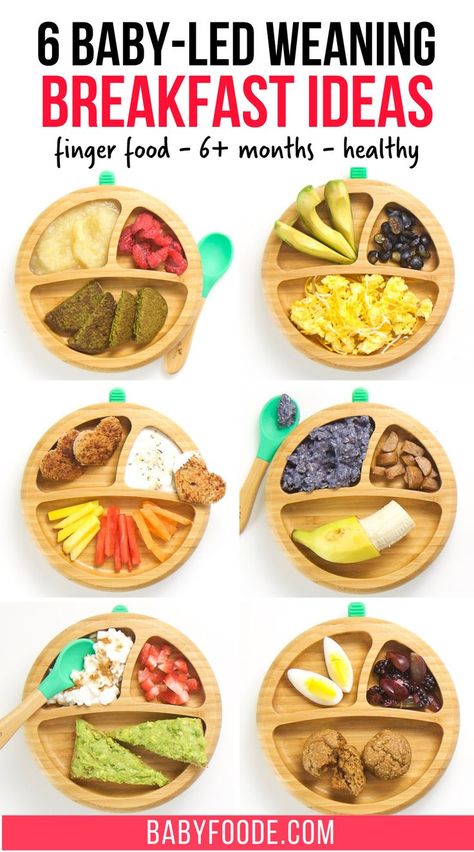 nine0621 You need to eat 5 times a day with an interval 3.5-4 hours .
nine0621 You need to eat 5 times a day with an interval 3.5-4 hours .
semi-liquid dishes should still remain the basis of nutrition, but not only mashed dishes, but also containing small pieces of food . Too dry food should not be given to the baby yet, as he may have difficulty swallowing.
In the year the child already tries to eat with his hands and he should be encouraged to do so. Finely chopped, soft foods can be given eg: small pieces of soft fruit, vegetables, cheese, well-cooked meat, pasta , etc. and foods that dissolve quickly, children's biscuits, children's bread - as food with the help of hands.
It is necessary to avoid products that can enter the respiratory tract and cause asphyxia - sausages and other hard meat products , nuts (especially peanuts), grapes, raisins, raw carrots, popcorn, round candies .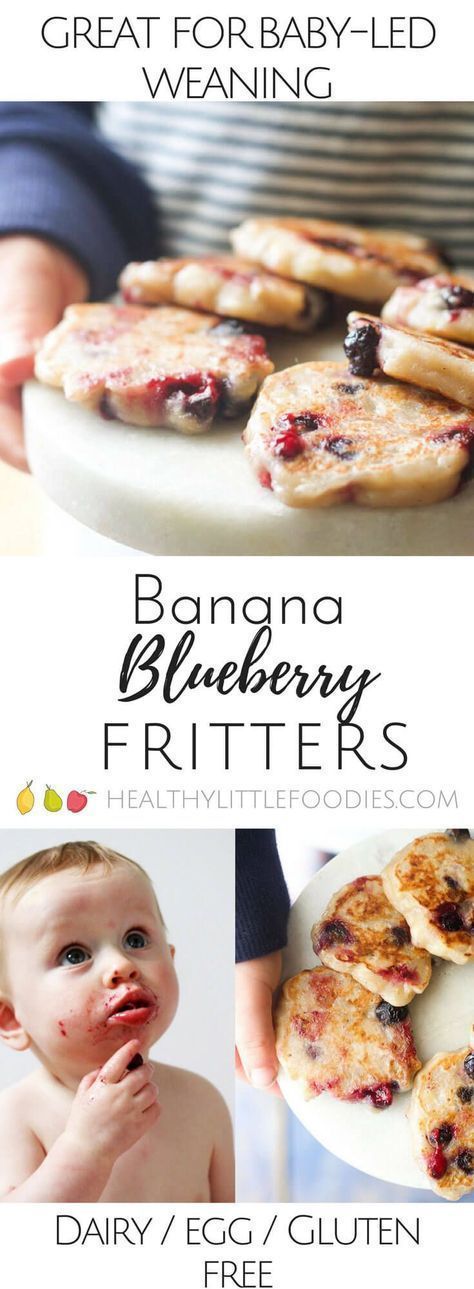 Hold off on this for now.
Hold off on this for now.
In a year, part of the children are without mother's milk. But if your baby is still not weaned - do not rush, if possible, give him a breast before bed at night. You can also breastfeed between main meals. At this age, the child receives all the main vitamins and minerals from food, but he can get a number of biologically active components from breast milk. nine0013
Dairy products
Dairy products still occupy an important place in the child's diet, it is a source of calcium, B vitamins, protein, milk sugar and fat. It is better to use special baby milk (marked with a triple on the packaging), baby fermented milk products: kefir, yogurt in total 500-600 ml per day .
Cottage cheese
The child should be given cottage cheese. The daily dose of cottage cheese after 1 year can be increased up to 70 g per day .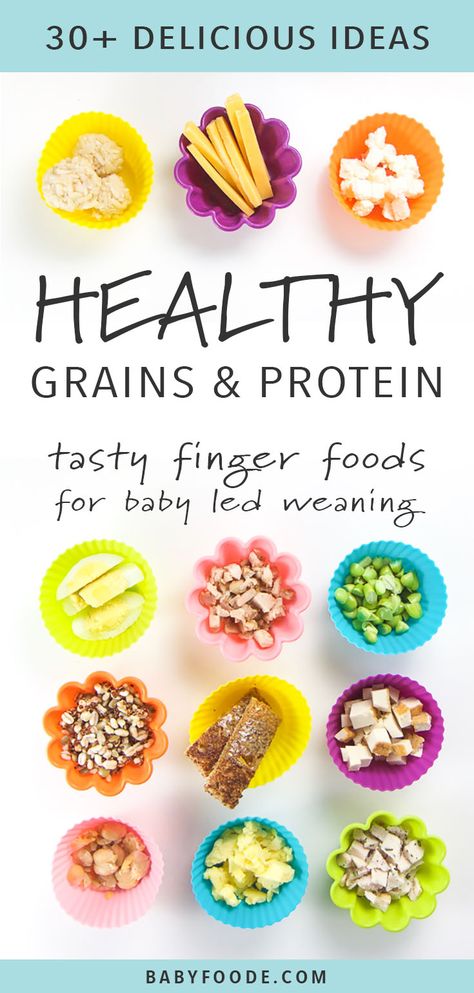 It can be given pureed or combined with fruit puree, pudding, casserole. This contributes to the development of chewing skills.
It can be given pureed or combined with fruit puree, pudding, casserole. This contributes to the development of chewing skills.
Butter
Butter can be added to cereals or smeared on wheat bread, cookies in a dose of up to 12 g per day.
Low fat sour cream and cream
After 1 year, you can give low-fat sour cream and cream in small quantities.
Vegetables
Every year a child must be given various vegetables , it is good to combine them with protein products, meat . The vegetable diet can now be diversified with green peas, tomatoes, turnips, beets, carrots, spinach in the form of mashed potatoes. Legumes are still better not to give.
Fruits and berries
After 1 year, you can gradually introduce the baby to new fruits and berries: strawberries, cherries, cherries, kiwi, currants, gooseberries, chokeberries, sea buckthorn, raspberries, blackberries, cranberries, blueberries, lingonberries and even citrus fruits .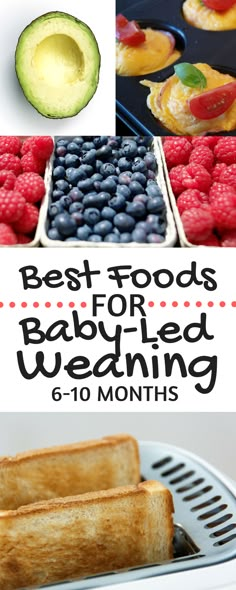 But do it gradually, watching the reaction of the child. Berries with a dense peel (gooseberries) are best mashed, while soft juicy fruits (peaches, strawberries, apricots, kiwi) can be offered to the baby in pieces. nine0621 Daily dose of fruits - approx.
But do it gradually, watching the reaction of the child. Berries with a dense peel (gooseberries) are best mashed, while soft juicy fruits (peaches, strawberries, apricots, kiwi) can be offered to the baby in pieces. nine0621 Daily dose of fruits - approx.
Meat products
Meat products can be given in the form of steam cutlets, meatballs, meatballs, meat soufflé and pudding in an amount up to 100 g daily - beef, veal, lean pork, rabbit, turkey, chicken.
Fish
Fish can be given once or twice a week for 30-40 g per meal as a substitute for meat dishes
Eggs
Chicken, quail eggs give boiled or in the form of omelets in milk, you can try with vegetables.
Kashi
Porridge can be cooked from rice, oatmeal, buckwheat, corn, millet, semolina. At this age, they should still have a uniform consistency, so it will be easier for him to swallow. You can use ready-made industrial, children's instant cereals, for example, various multi-cereal cereals, in which fruits, crackers, cereals have already been added. Give 1 time per day. nine0013
At this age, they should still have a uniform consistency, so it will be easier for him to swallow. You can use ready-made industrial, children's instant cereals, for example, various multi-cereal cereals, in which fruits, crackers, cereals have already been added. Give 1 time per day. nine0013
Water
Be sure to give the child clean water to drink, better bottled water for children, as much as he wants . In addition to her baby can drink vegetable and fruit juices, dairy products, compotes, weak tea.
No need to give:
no need to give confectionery and sweets to a child 0005 . From sweets at this age, you can sometimes give marmalade, dried fruits and cookies.
Do not give sausages and sausages , they are rarely prepared from high quality meats and are rich in various food additives
Calorie content and volume
0003 1200 ml .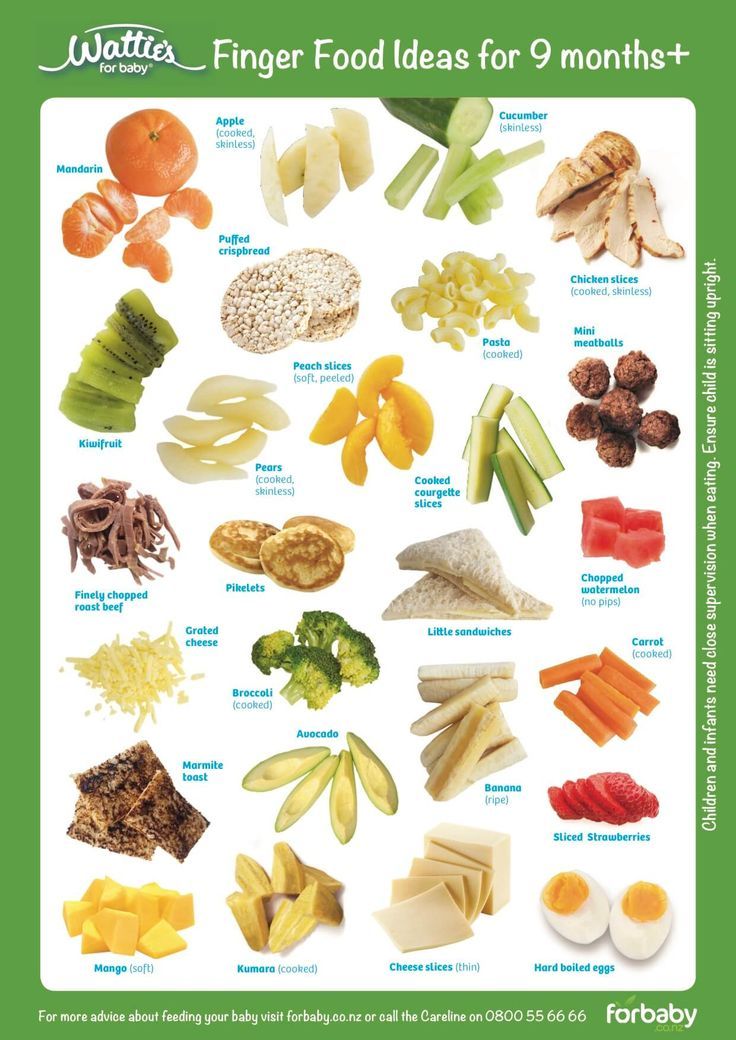
Table for complementary foods by month: Download
All videos: Putting a child for a child from 4 to 12 months
9000 Let your children be healthy and successful!
Other articles in the category
Newborn - online course "Mom's Way: Newborn" from Professor Nyankovsky on caring for a baby in the first months of life
Baby's first litter. Porridge or vegetable puree?
Union of Pediatricians of Russia
Complementary feeding
How to introduce complementary foods correctly is one of the most pressing issues that concern parents.
In the first months of life, the main food for the baby is breast milk or an adapted milk formula, however, as the child grows and develops, this becomes insufficient and it is necessary to think about the introduction of complementary foods.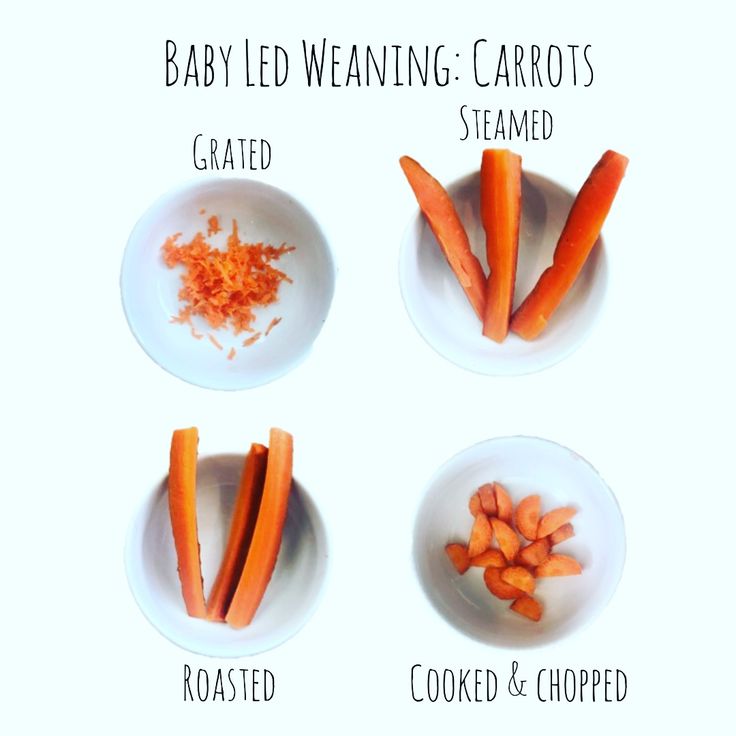 nine0013
nine0013
Your baby is over 4 months old. He has noticeably grown up, become more active, is interested in objects that fall into his field of vision, carefully examines them and reaches for them. The child's emotional reactions have become much richer: he smiles happily at all people, makes various sounds. Perhaps you notice that the child looks into your plate with interest, closely monitors what and how you eat, does this mean that it is time to introduce complementary foods? And where is the best place to start? Let's figure it out! nine0013
When should complementary foods be started?
According to the Program for optimizing the feeding of infants in the first year of life in the Russian Federation (2019), the recommended age for the introduction of complementary foods is in the range from 4 to 6 months.
The following points will help determine the readiness of the baby for the introduction of complementary foods:
1. Food interest - you can check its presence as follows: during your meal, give the baby an empty spoon or fork, and if he plays with it, licks it, then there is no food interest yet; but if the child is dissatisfied with the fact that the spoon is empty, food interest has probably appeared. “But how does a child understand that there should be food in a spoon?” Parents often ask. The answer is quite simple: take your baby to the table with you so that he can see how you eat! nine0013
“But how does a child understand that there should be food in a spoon?” Parents often ask. The answer is quite simple: take your baby to the table with you so that he can see how you eat! nine0013
2. The child can sit alone or with support. It is unacceptable to feed the child lying down, because he may choke.
3. Extinction of the “pushing out” reflex - when the baby pushes out of the mouth both the offered food and the pacifier, etc.
Why is it not recommended to introduce complementary foods before 4 and after 6 months of life?
Before 4 months of life, the baby is not yet ready to digest food other than breast milk or infant formula. By this age, a number of digestive enzymes mature, a sufficient level of local immunity is formed, which reduces the risk of developing allergic reactions, the child acquires the ability to swallow semi-liquid and thicker food, which is due to the extinction of the “spoon ejection reflex”. The introduction of complementary foods after 6 months can cause a pronounced deficiency of micronutrients (iron, zinc, etc. ) and lead to a delay in the formation of chewing skills for thick foods. Too late the introduction of a variety of products increases the risk of allergic reactions. Remember that the timing of the introduction of complementary foods is set individually, taking into account the readiness of the child to accept new foods. nine0013
) and lead to a delay in the formation of chewing skills for thick foods. Too late the introduction of a variety of products increases the risk of allergic reactions. Remember that the timing of the introduction of complementary foods is set individually, taking into account the readiness of the child to accept new foods. nine0013
Complementary feeding guidelines:
1. introduce a new product in the first half of the day to track possible reactions to it;
2. cereals, vegetable / fruit / meat purees should be introduced, starting with monocomponent ones, gradually adding other products of this group;
3. start giving a new product with 1/2 teaspoon, gradually increasing the volume to the age norm within a week;
4. It is not recommended to introduce new products during acute infectious diseases or at some special moments (moving to another apartment, leaving the city, on vacation, illness of parents, etc.). nine0013
What is the best way to start complementary foods?
The first complementary food can be anything. Often parents worry that if the child first tries the fruit, then because of its sweet taste, he will refuse other foods. We hasten to reassure you: breast milk is also sweet, so babies may like sweet fruits / berries more, but this does not mean at all that he will refuse vegetables or cereal. Traditionally, they begin to introduce complementary foods in the form of mashed potatoes, but if the child shows interest in “pieces”, then, observing the safety rules, you can give them. Also, along with the introduction of complementary foods, you can offer the child water. nine0013
Often parents worry that if the child first tries the fruit, then because of its sweet taste, he will refuse other foods. We hasten to reassure you: breast milk is also sweet, so babies may like sweet fruits / berries more, but this does not mean at all that he will refuse vegetables or cereal. Traditionally, they begin to introduce complementary foods in the form of mashed potatoes, but if the child shows interest in “pieces”, then, observing the safety rules, you can give them. Also, along with the introduction of complementary foods, you can offer the child water. nine0013
With the start of the introduction of complementary foods, the child is gradually transferred to a 5-time feeding regimen. If the baby shows that he is full and no longer wants to eat (for example, leaning back or turning away from food), then you should not continue to force him to feed, because this can lead to eating disorders in the future. Also, do not force the child to eat as much as possible before bedtime in the hope that he will not wake up for nightly feedings.
Traditionally, in our country, complementary foods begin with vegetables or cereals. nine0013
Vegetables: zucchini, broccoli, cauliflower, pumpkin, etc. If the child did not like the dish, for example, broccoli, do not give up on your plan and continue to offer this vegetable in small quantities daily, you can even not once, but 2-3 times, and after a while (7-14 days) the baby will get used to the new taste. This diversifies his diet, will help form the right taste habits in the child.
As for cereals, it is worth starting with dairy-free gluten-free ones - buckwheat, corn, rice. You can use commercial baby food porridge, which is primarily fortified with iron. In addition, such porridge is already ready to eat, you just need to dilute it with water, which will save you a lot of time. nine0013
It is also recommended to add oil to food, for example, vegetable puree to vegetable puree, and butter to porridge.
Of meat products, lean meats, such as mashed turkey or rabbit, are most preferred to start complementary foods.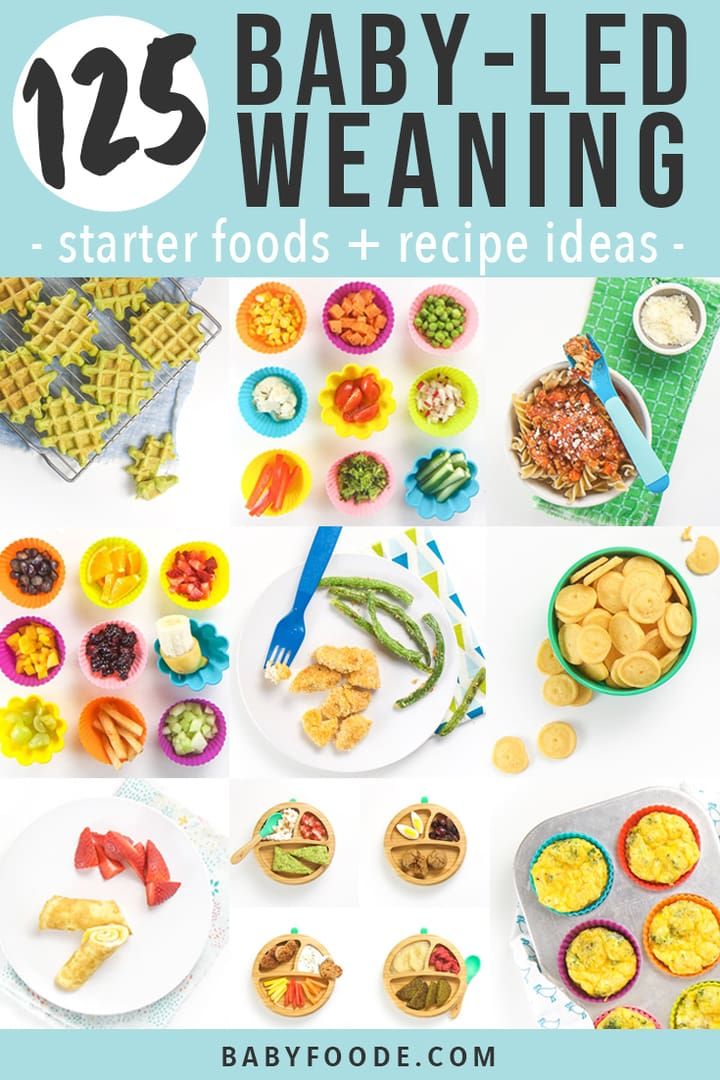 Meat puree contains iron, which is easily absorbed, and adding meat to vegetables improves the absorption of this micronutrient from them. Subsequently, the daily use of children's enriched porridge and mashed meat allows you to meet the needs of babies for iron, zinc and other micronutrients. nine0013
Meat puree contains iron, which is easily absorbed, and adding meat to vegetables improves the absorption of this micronutrient from them. Subsequently, the daily use of children's enriched porridge and mashed meat allows you to meet the needs of babies for iron, zinc and other micronutrients. nine0013
When introducing fruit purees (apple, pear, peach, prunes, etc.) into your baby's diet, you should pay special attention to the composition of the product - it is important that it does not contain added sugar.
Fish is a source of easily digestible protein and contains a large amount of polyunsaturated fatty acids, including the omega-3 class, as well as vitamins B2, B12, and minerals. Preference should be given to oceanic fish, preferably white (cod, hake, pollock, sea bass, etc.), salmon can be recommended from red, and pike perch from river. nine0013
Fermented milk products are prepared using a special starter culture that breaks down milk protein, so that the baby can get an indispensable set of amino acids in a well-available form.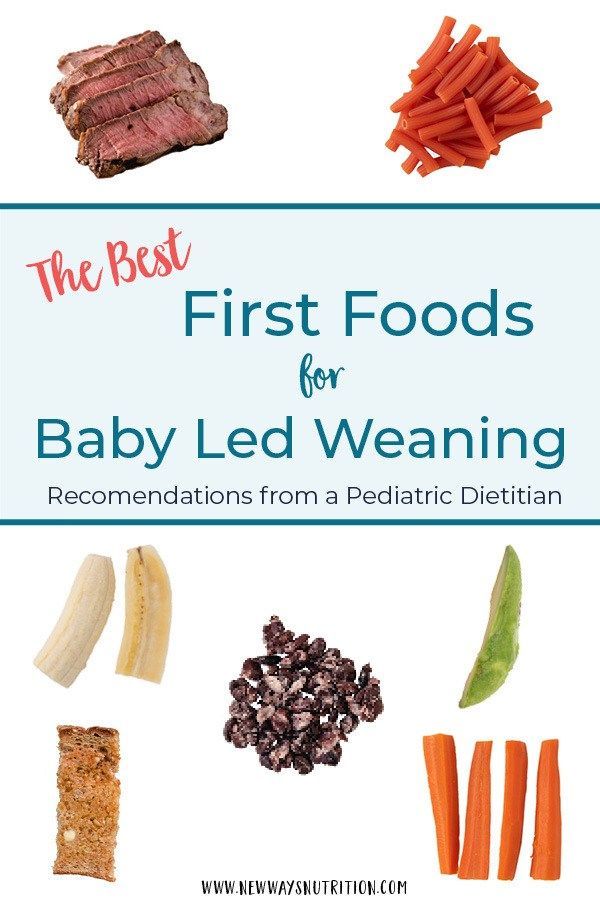 Some foods have added prebiotics, certain vitamins and minerals. Their regular use favorably affects the functioning of the intestines, increases appetite and the absorption of micronutrients.
Some foods have added prebiotics, certain vitamins and minerals. Their regular use favorably affects the functioning of the intestines, increases appetite and the absorption of micronutrients.
Recommendations and timing of the introduction of complementary foods for children at risk of developing food allergies and suffering from food allergies are the same as for healthy children. Delayed introduction of highly allergenic foods has previously been recommended to prevent the development of allergic diseases in children at risk. There is now evidence that this practice may lead to an increase rather than a decrease in the incidence of food allergies. The most common highly allergenic foods include cow's milk, chicken eggs, soybeans, wheat, peanuts, tree nuts, shellfish and fish. If a child has a high risk of developing allergies or an existing allergic disease, it is recommended to consult a pediatrician, an allergist-immunologist before introducing highly allergenic products.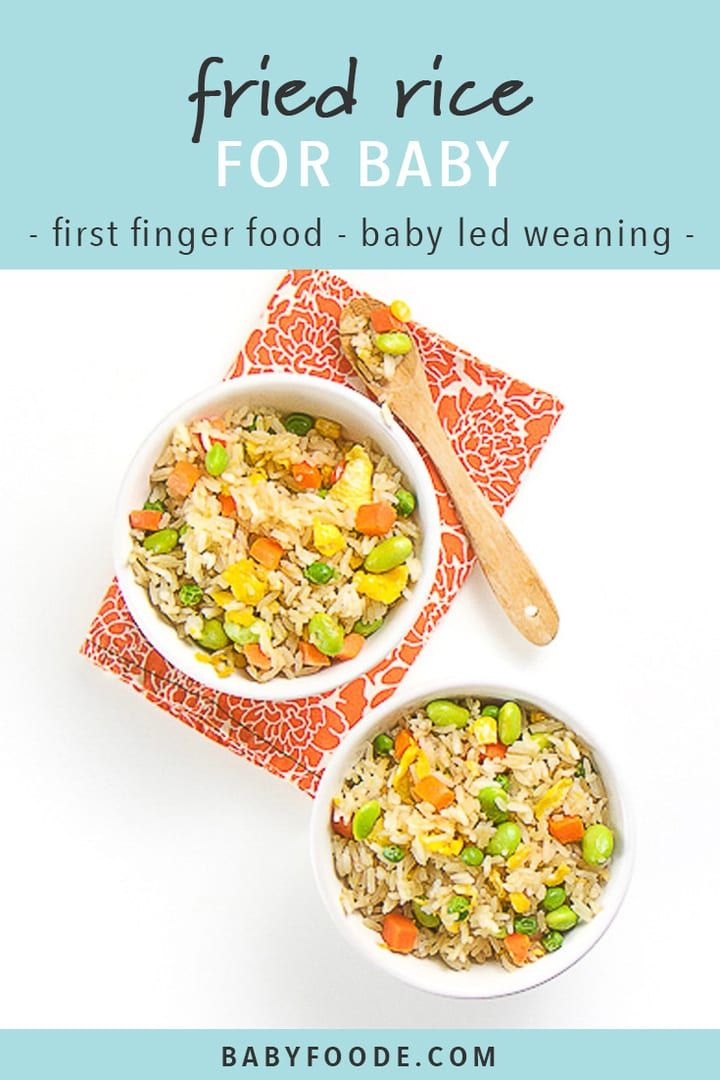 nine0013
nine0013
By the age of 8 months, when all the main food groups have already been introduced and your baby is improving his skills to eat on his own, special attention should be paid to the diversity of the composition of dishes and the change in food consistency - from puree to finely and coarsely ground. Soft foods cut into small pieces (fruits, vegetables, meat, etc.) are perfect for a little gourmet, which diversifies his diet and will contribute to the formation of chewing skills.
By 9-12 months, most babies have the dexterity to drink from a cup (holding with both hands) and to eat foods prepared for other family members. This behavior needs to be encouraged, but combined with regular feeding to meet energy and nutrient requirements.
It is advisable to use industrial products that are designed specifically for young children after a year.
What should not be given to the baby? nine1047
It is not recommended to add salt or sugar to food to enhance the taste.
Drinks that should be avoided include fruit juices, whole cow and goat milk (whole milk is not recommended for children under one year old, and even longer, due to a high risk of developing iron deficiency and increased kidney stress), sweet fruit drinks, compotes and carbonated drinks.
Also, some foods should be excluded from the diet of infants: solid round foods (for example, nuts, grapes, raw carrots, raisins, peas, etc.), due to the fact that the child can choke on them. nine0013
It is not recommended to eat products with added sugar, for example, confectionery (marshmallow, marshmallow, marmalade, jam, jam, cookies, waffles, etc.), etc.
You should not give your child the meat of large predatory fish (shark, bigeye tuna, king mackerel, swordfish): these types of fish accumulate more harmful substances than others.
It is forbidden to give honey to children under one year old due to the fact that it may contain spores of Clostridium botulinum bacteria, which in the still immature digestive system of babies are able to multiply, produce toxins directly inside the intestines and, thus, cause infant botulism, which can be fatal.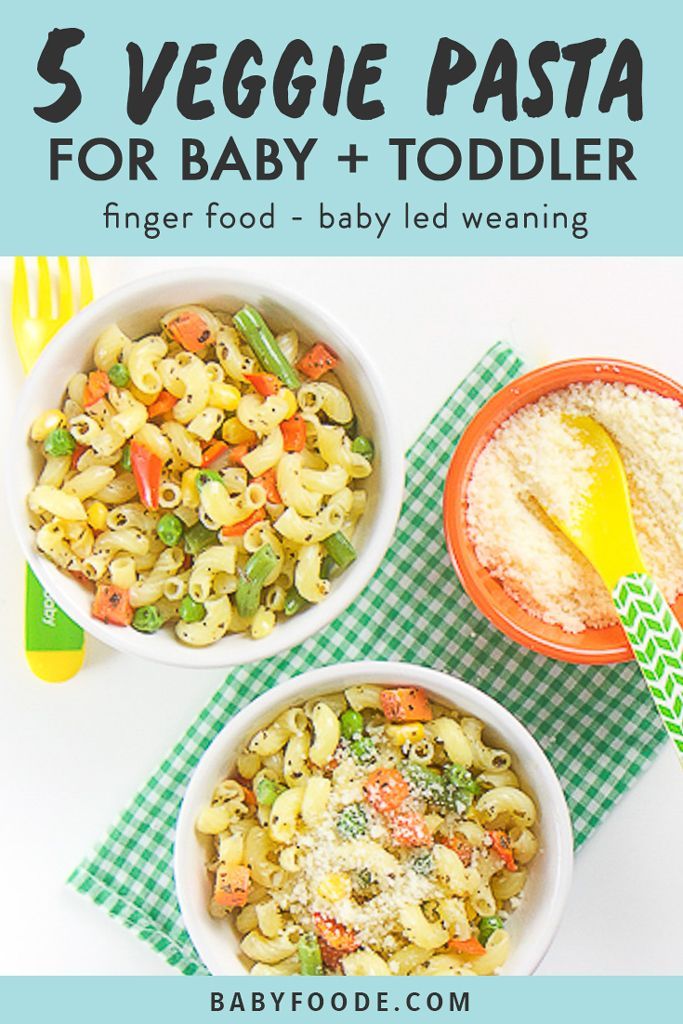 outcome. nine0013
outcome. nine0013
Do not give babies raw meat, fish, eggs, caviar, salted fish, soft pickled cheeses because of the risk of intestinal infections.
If you follow all these simple rules, your baby will grow up healthy and happy!
Diets for different ages
References:
1. Methodological recommendations. The program for optimizing the feeding of children in the first year of life in the Russian Federation. [Internet]. - M.: Union of Pediatricians of Russia, 2019. [Methodicheskie rekomendaczii. Programma optimizaczii vskarmlivaniya detej pervogo goda zhizni v Rossijskoj Federaczii. [Internet]. – Moscow: Soyuz pediatrov Rossii, 2019.(In Russ.).] Available: http://www.pediatr-russia.ru/information/dokumenty/other-docs/nacprog1year_2019.pdf Link active as of 20.04.2020
2. Duryea T.K. Introducing solid foods and vitamin and mineral supplementation during infancy. In: Post T, ed. UpToDate . Waltham, Mass.: UpToDate; 2020.